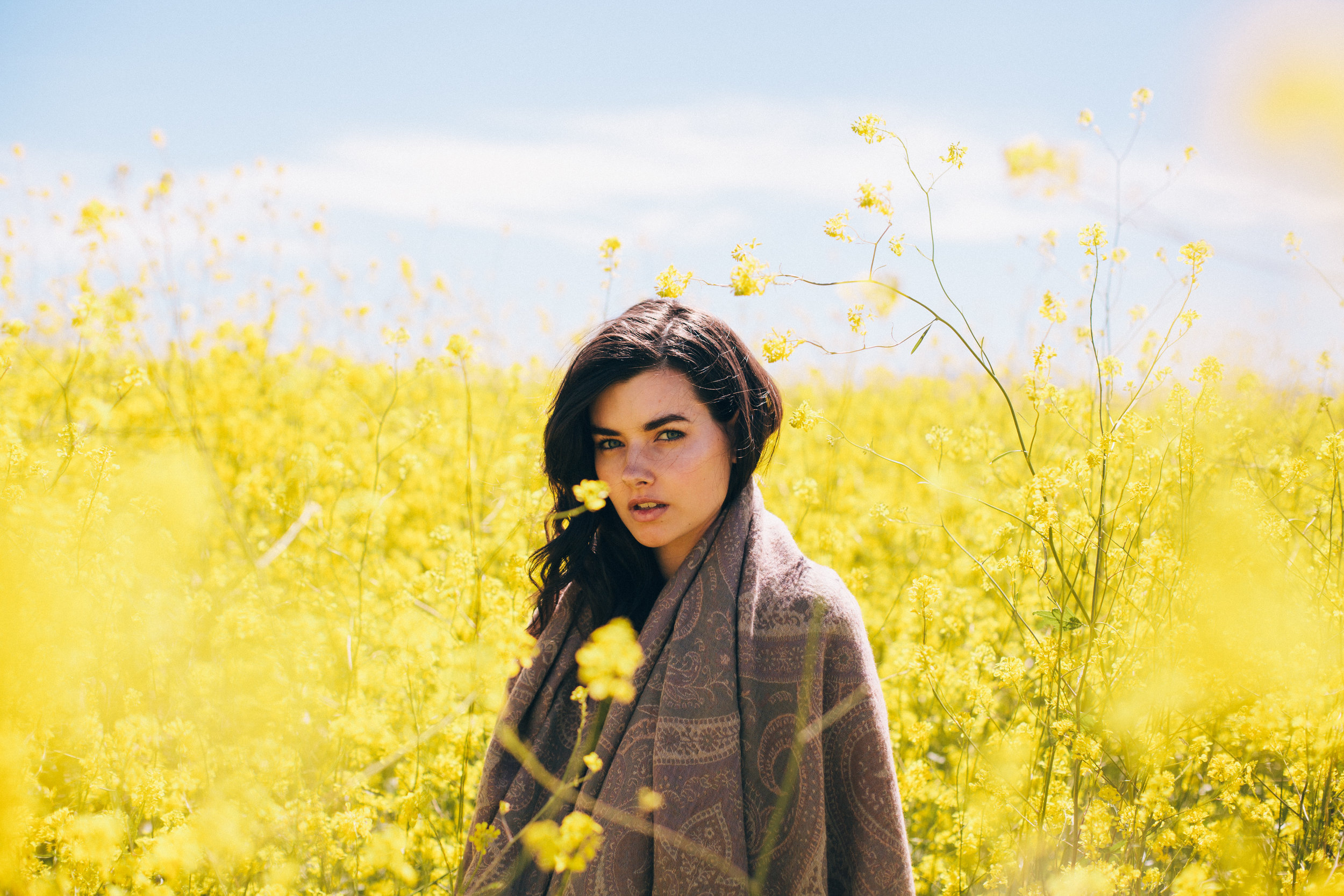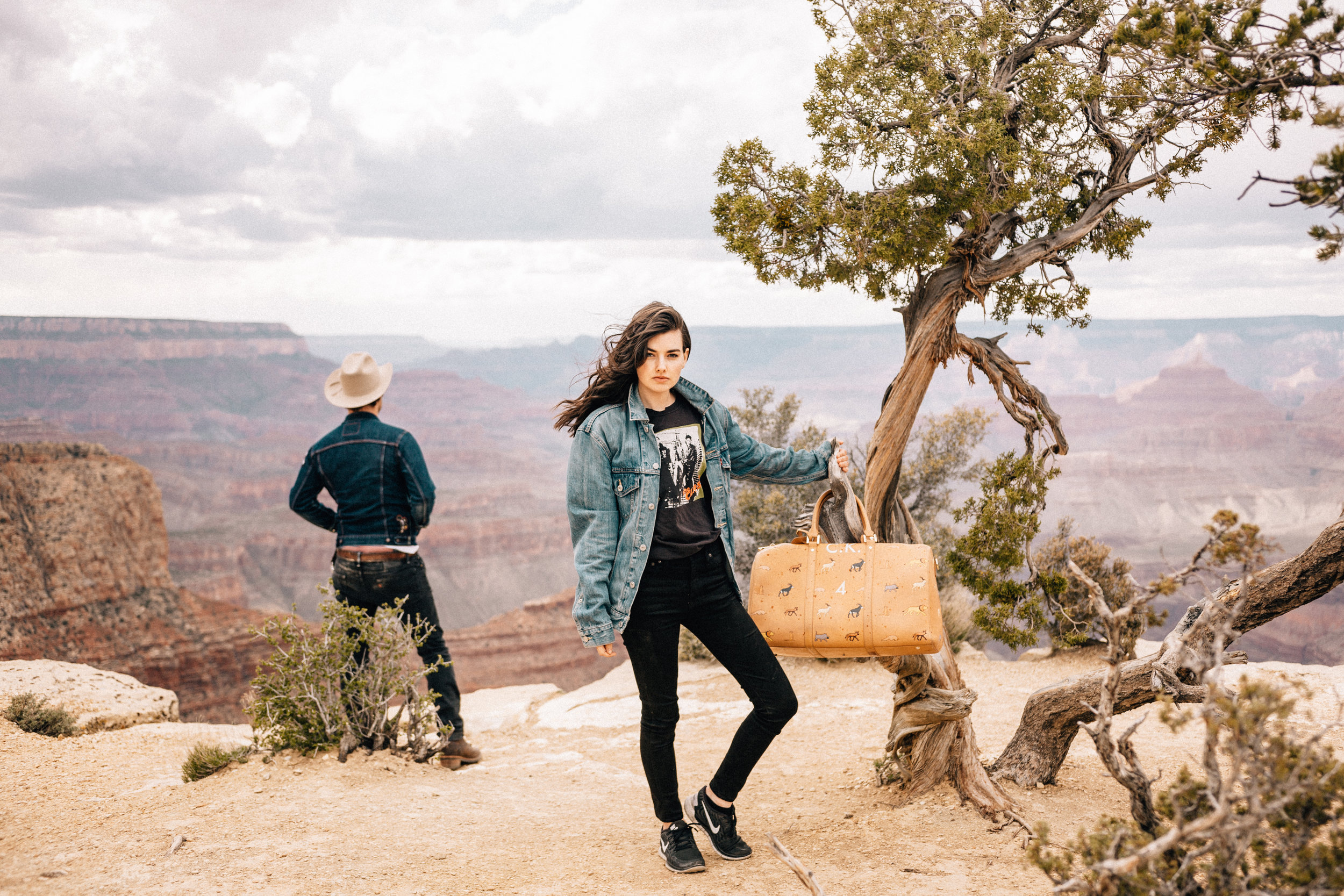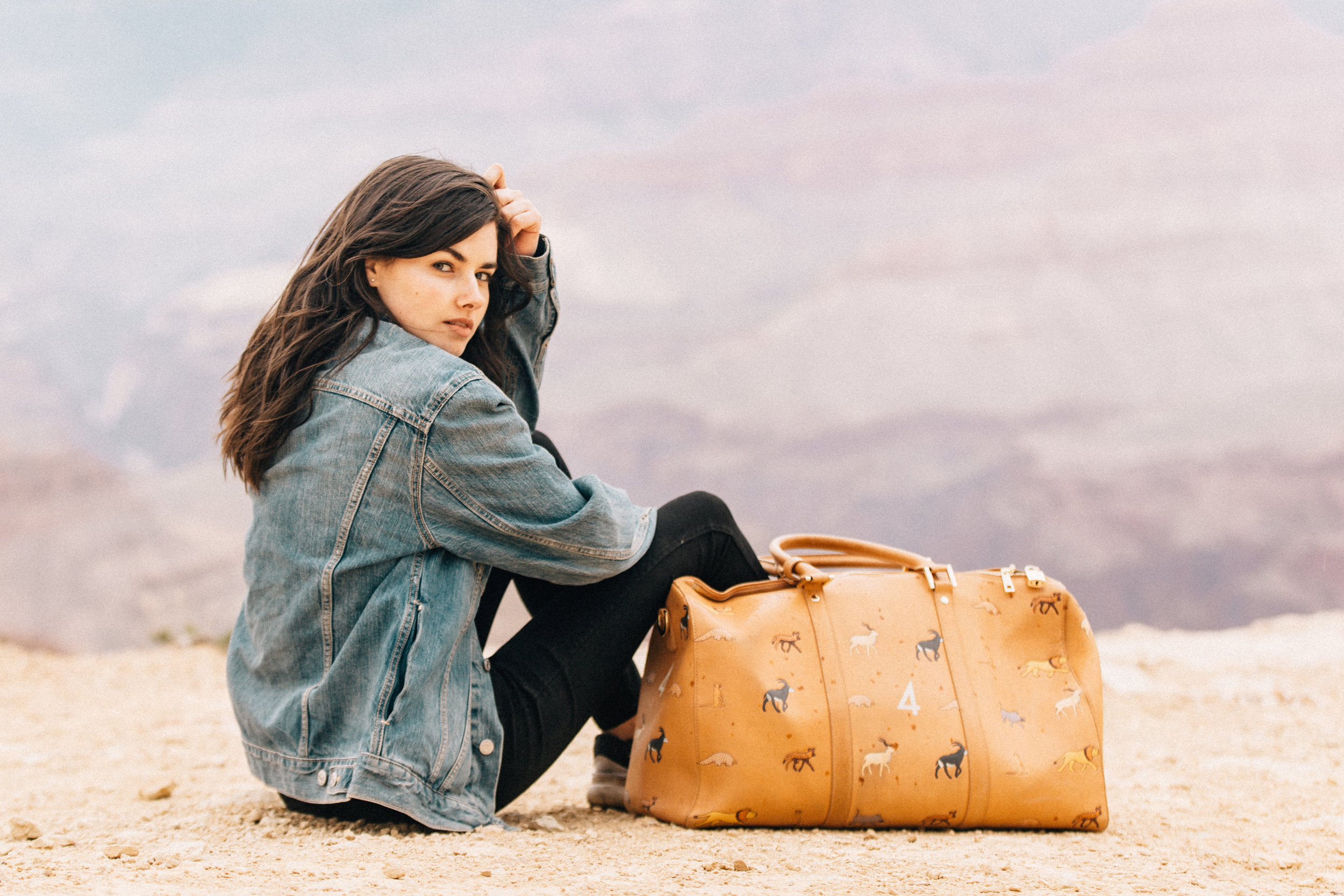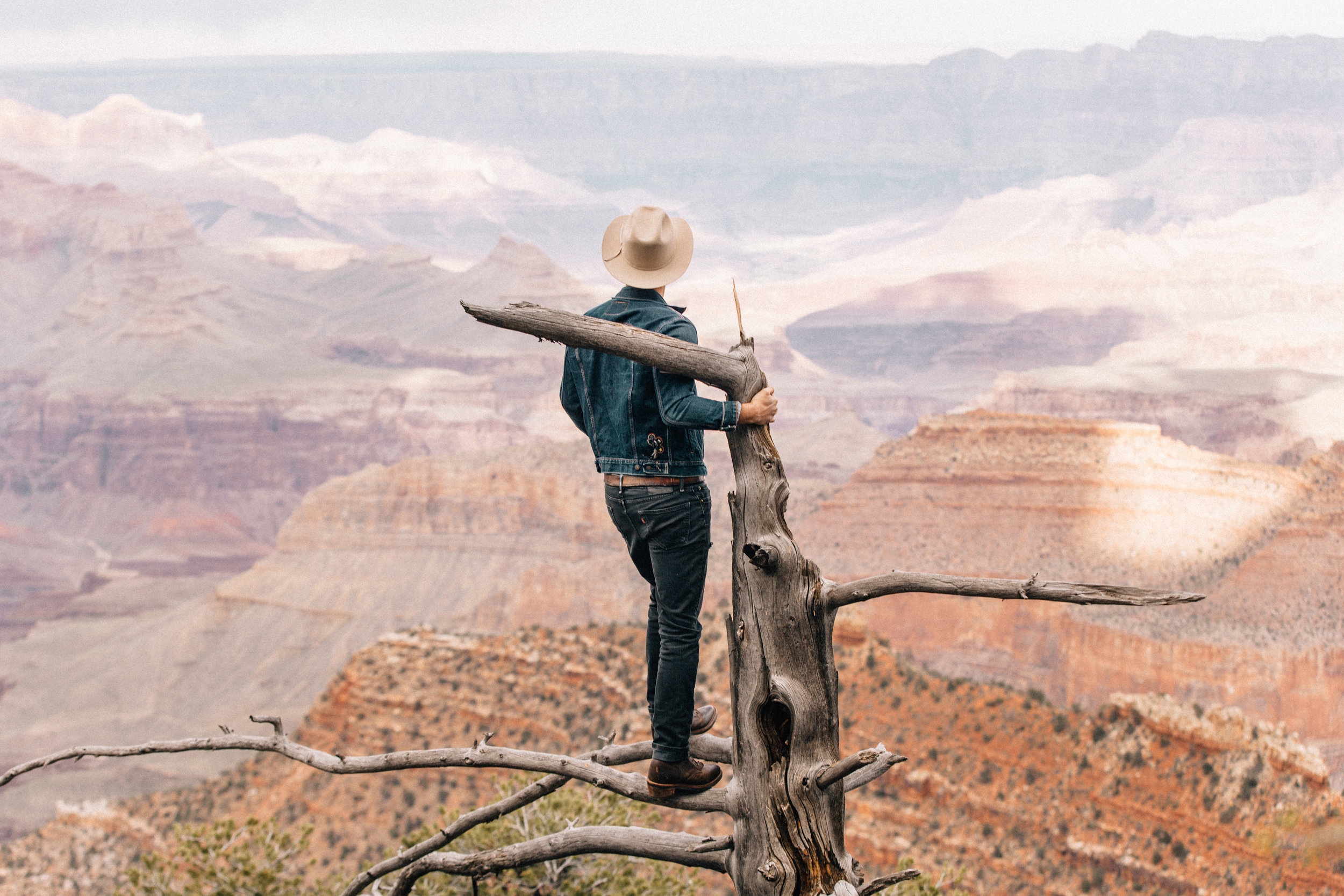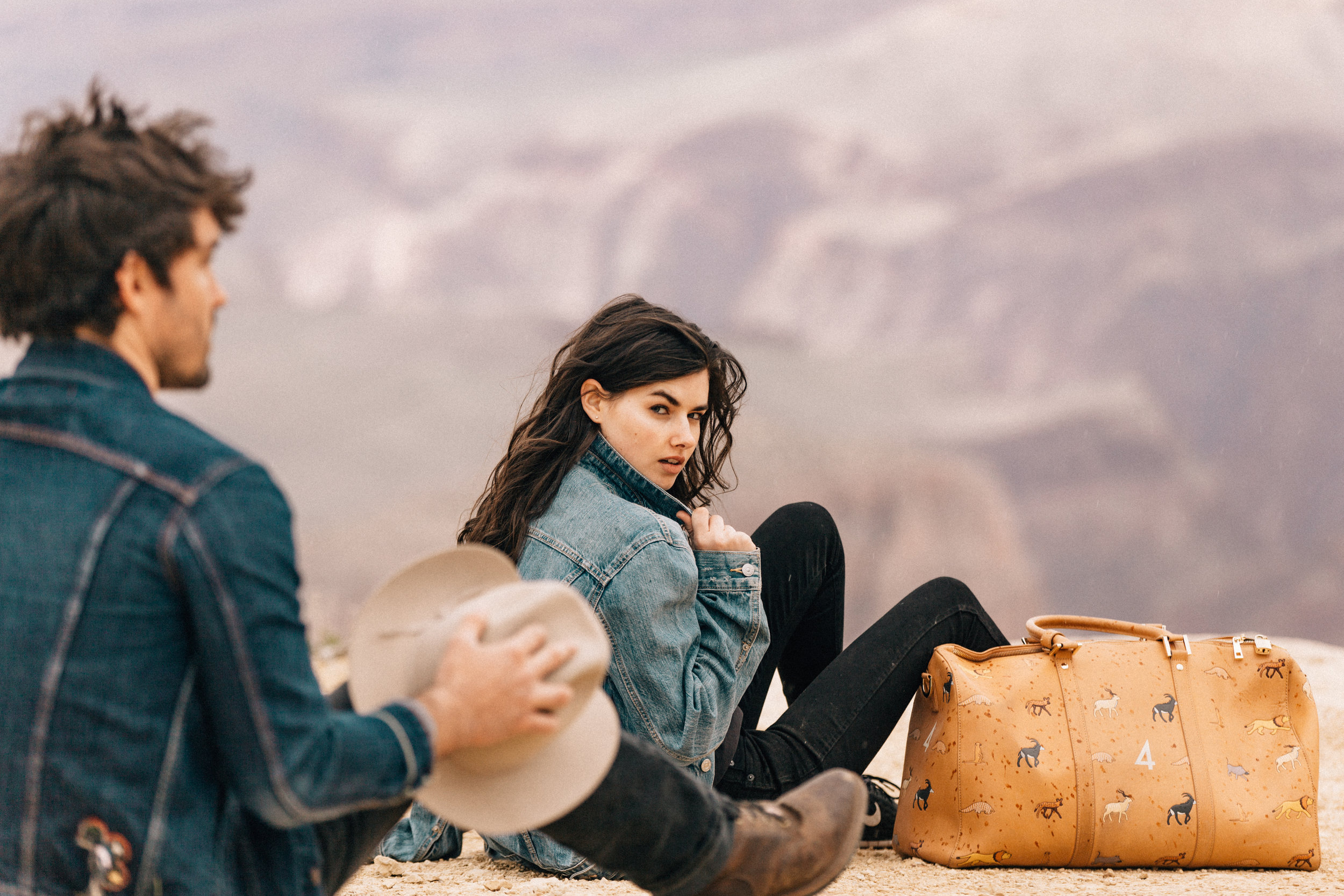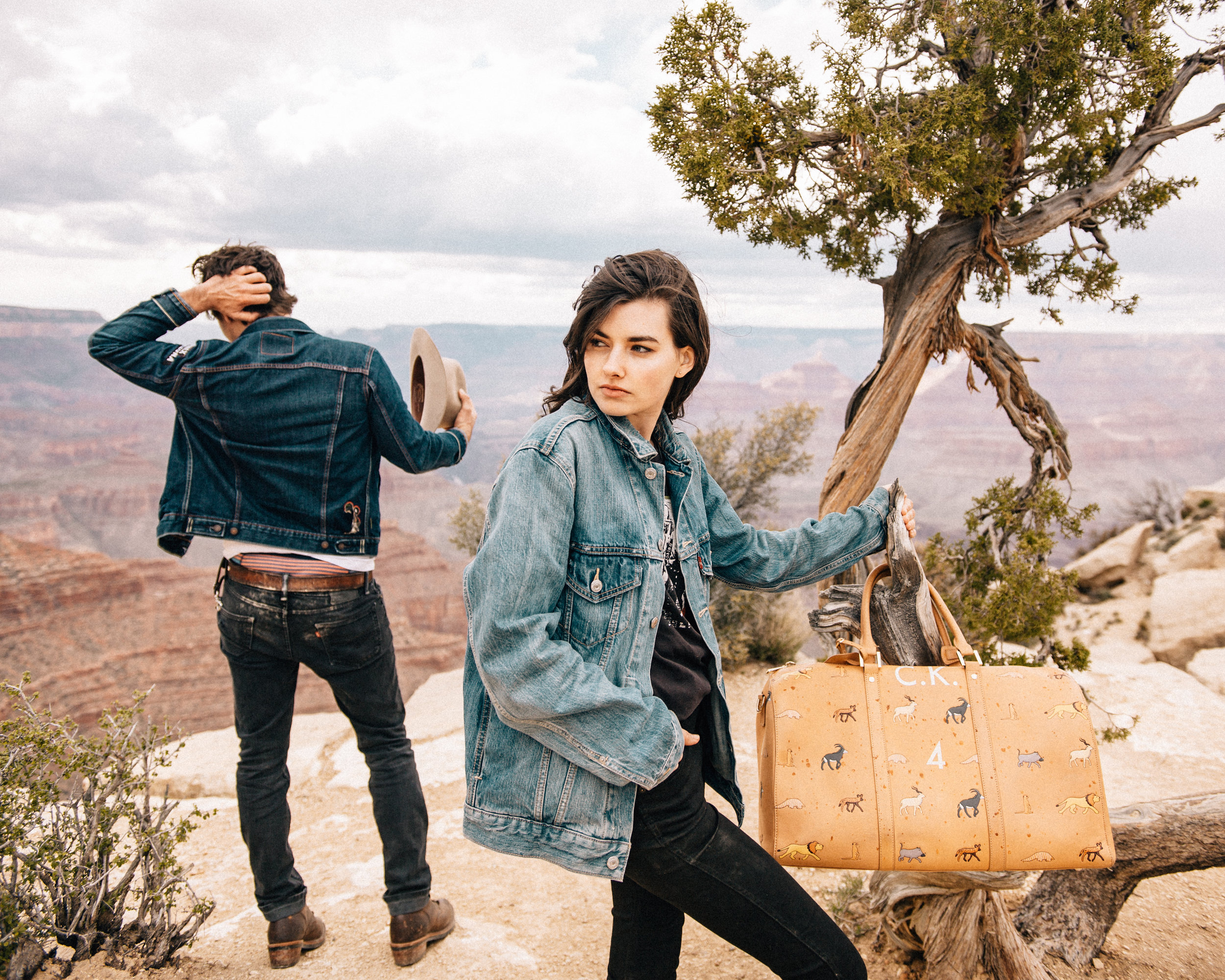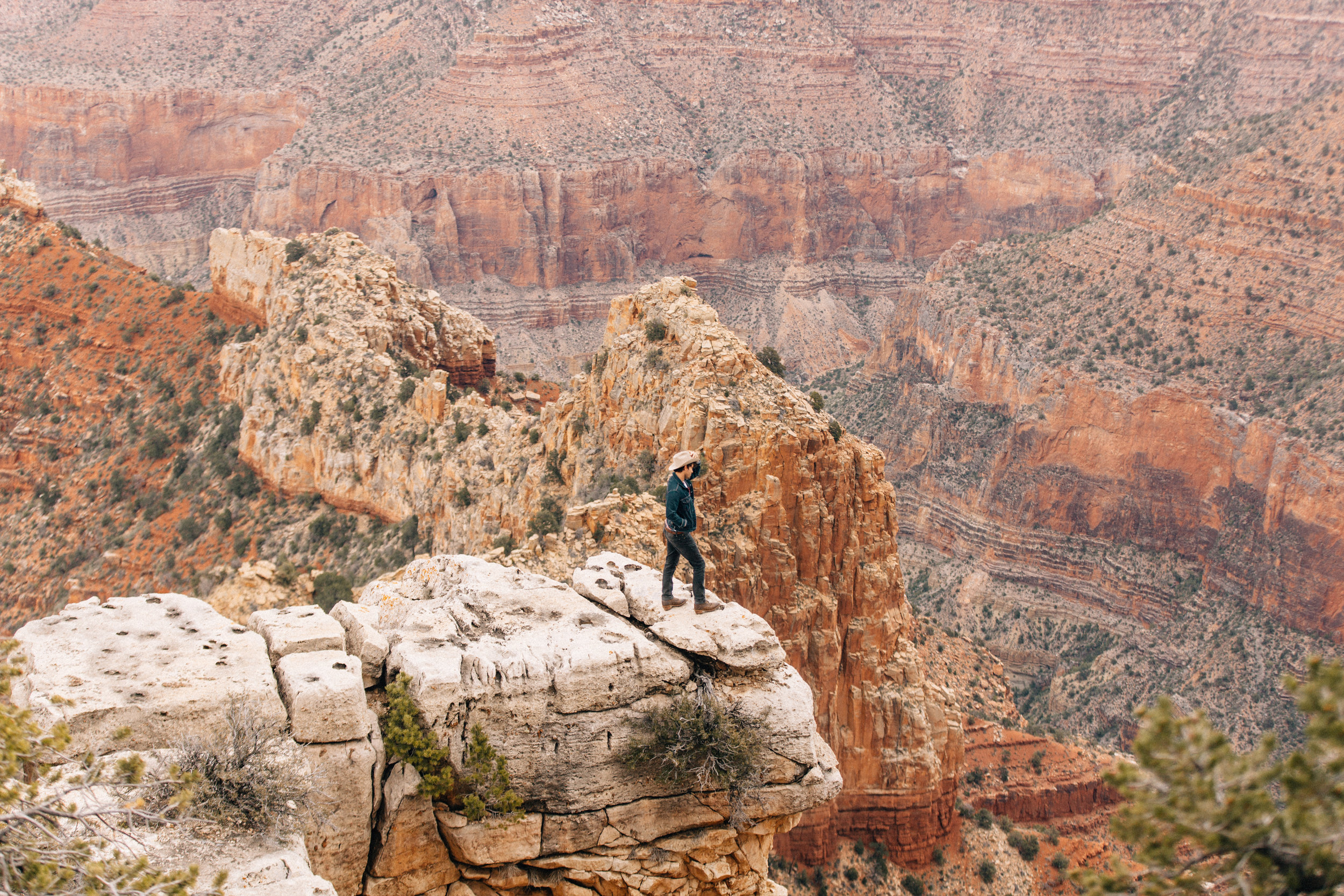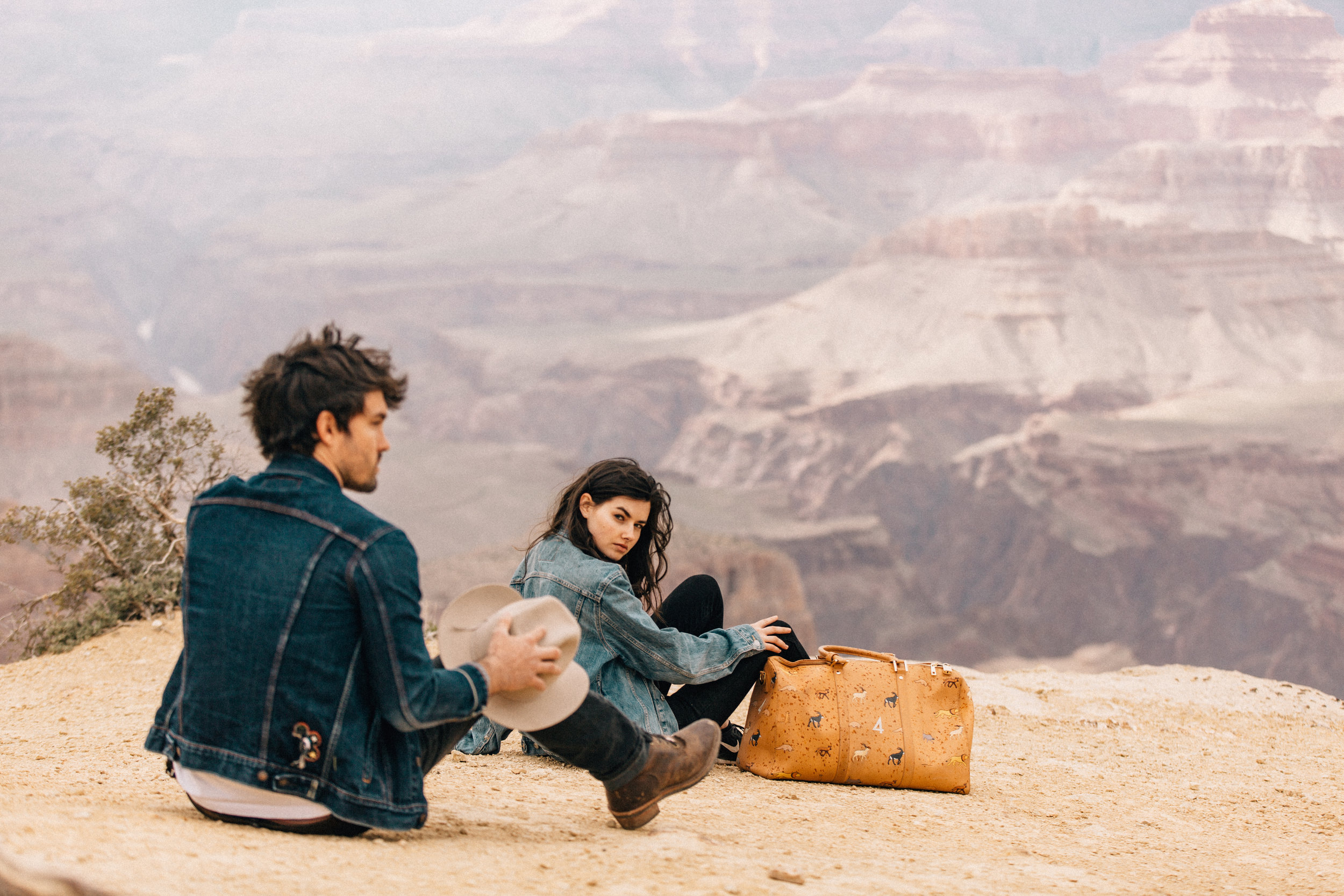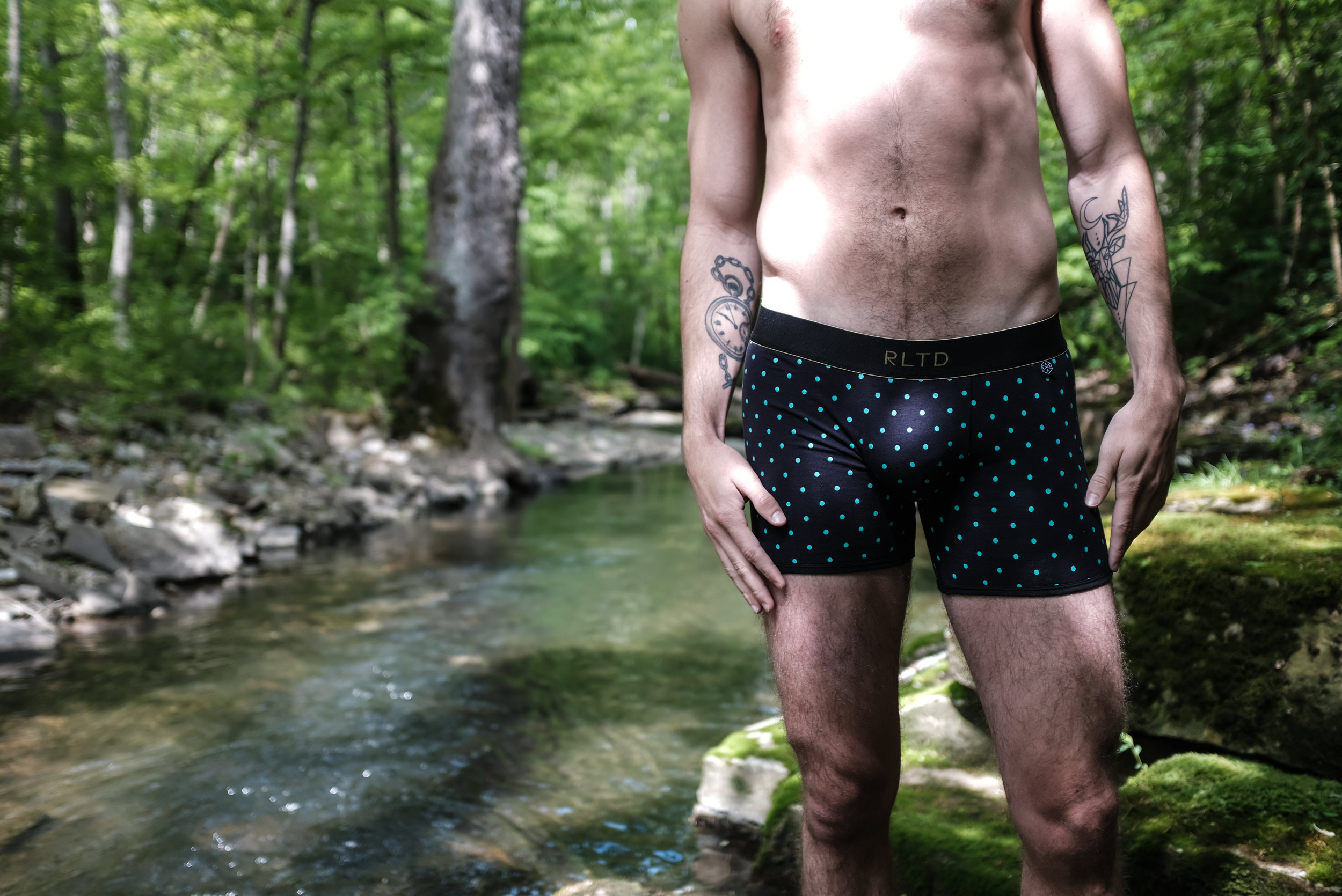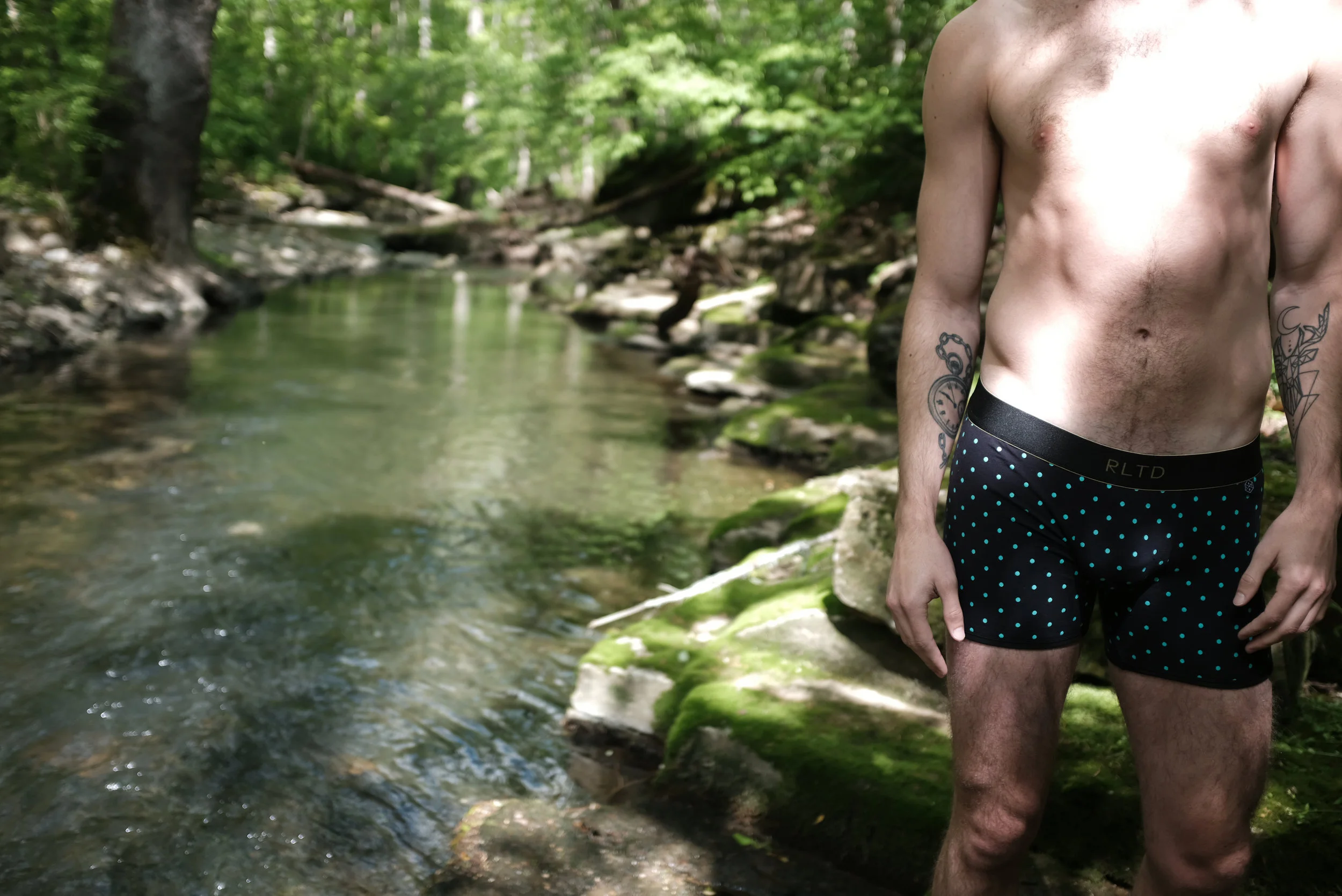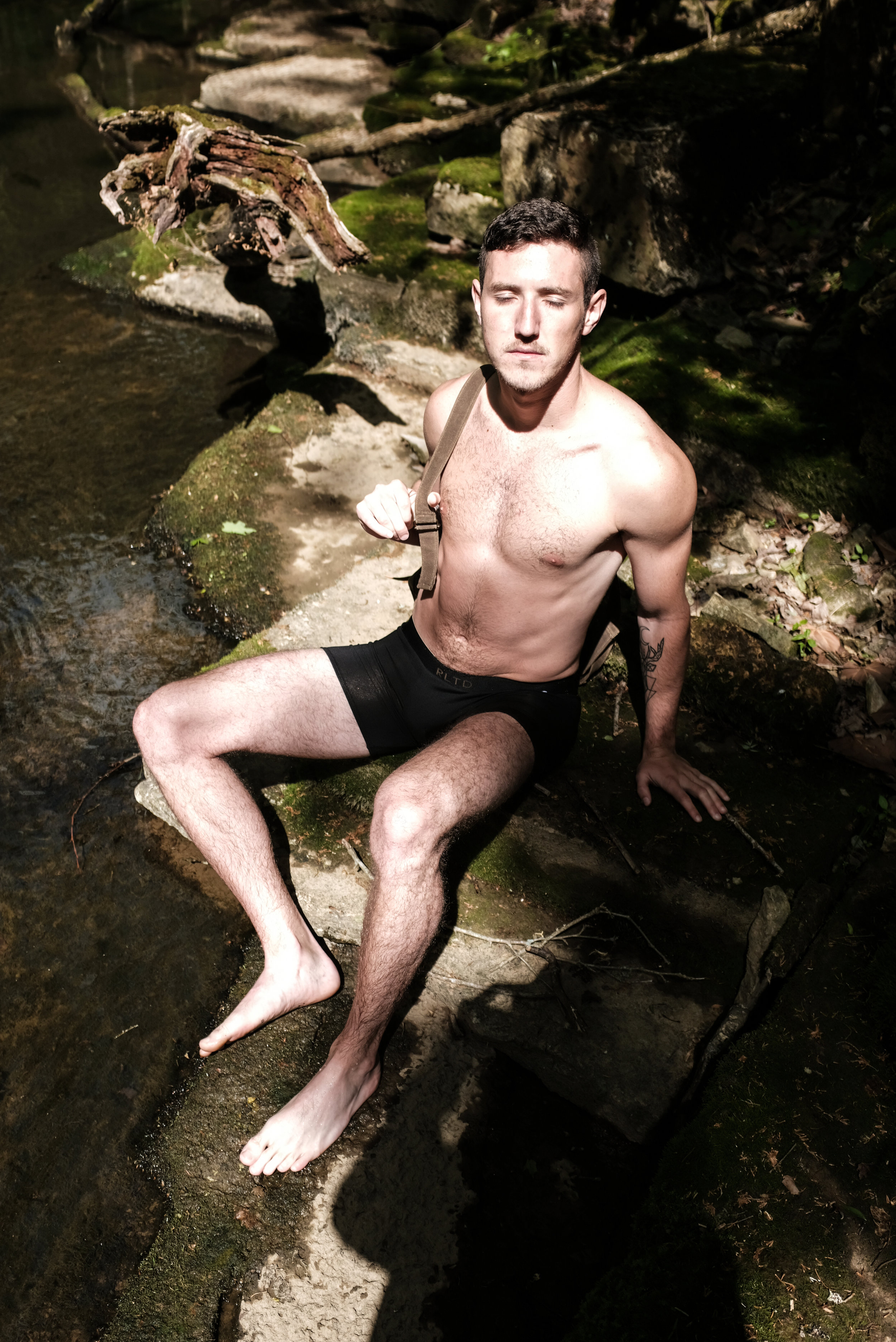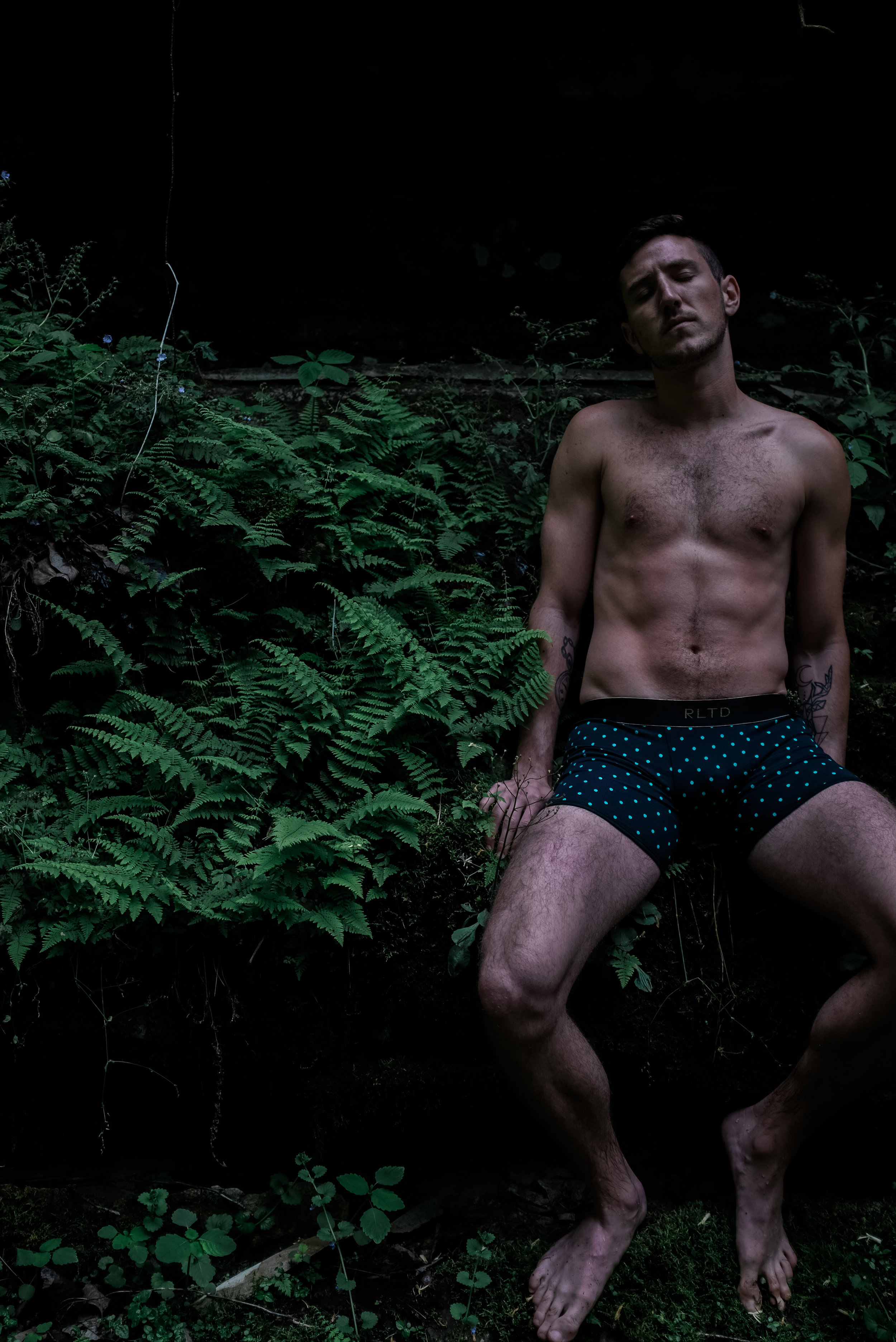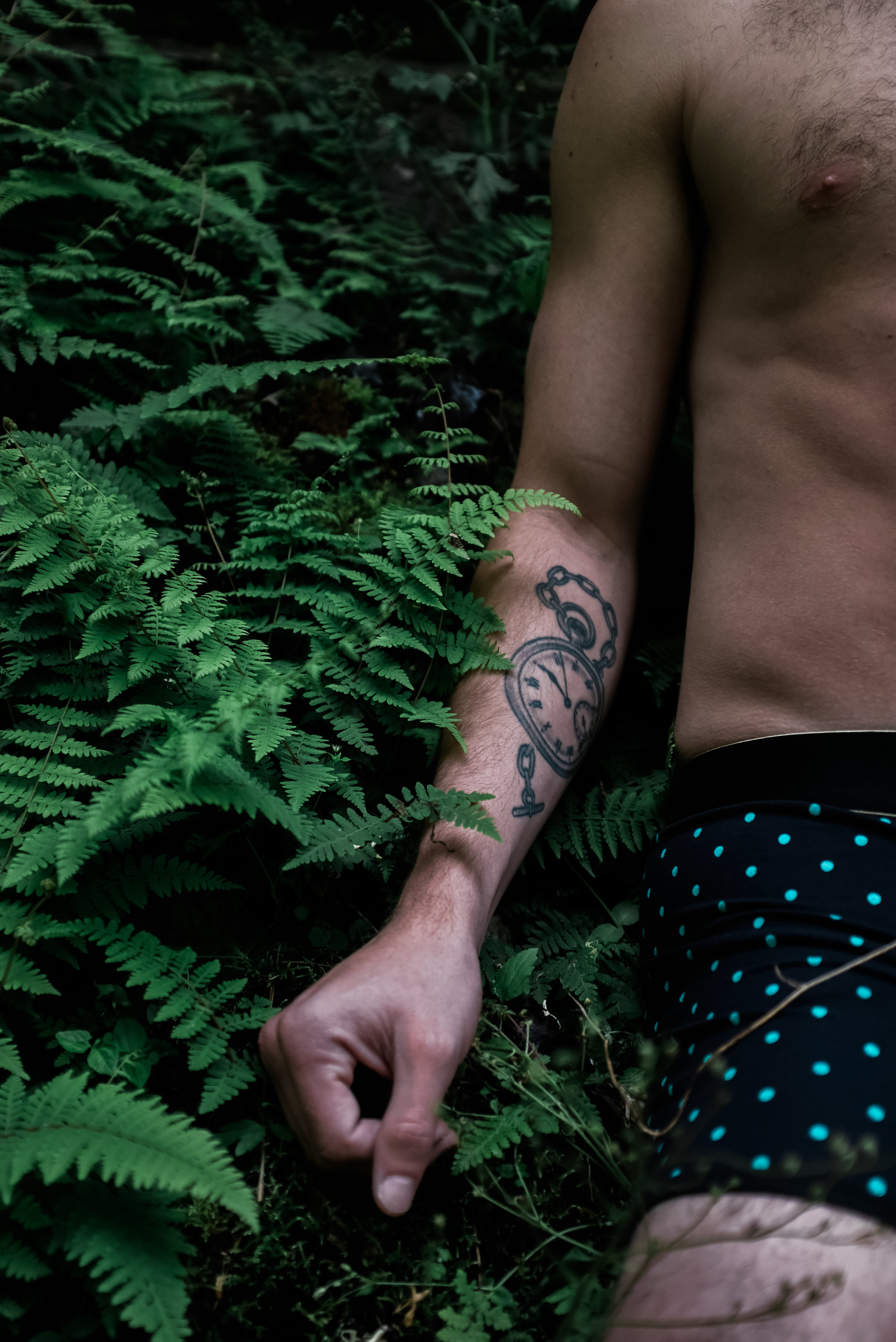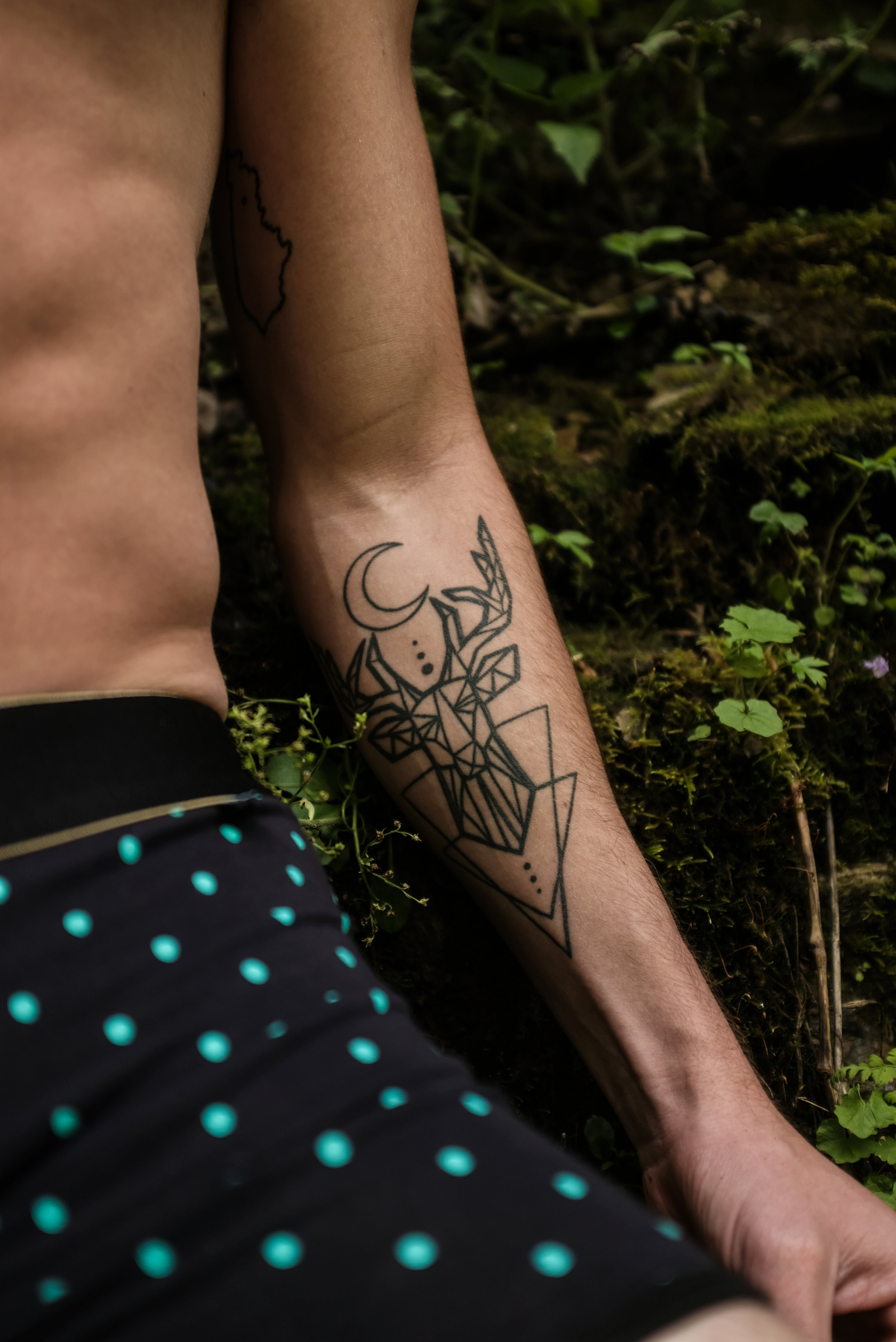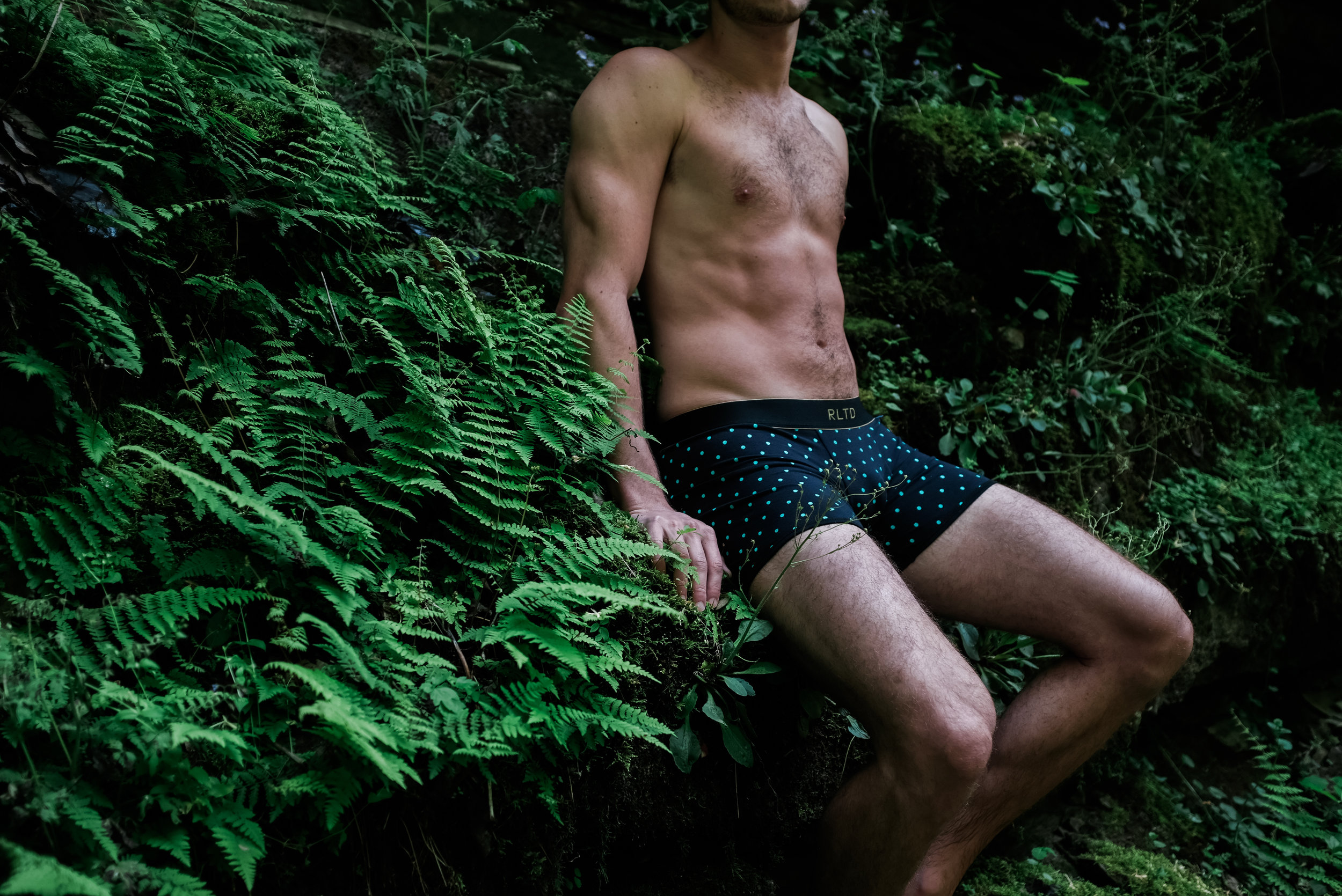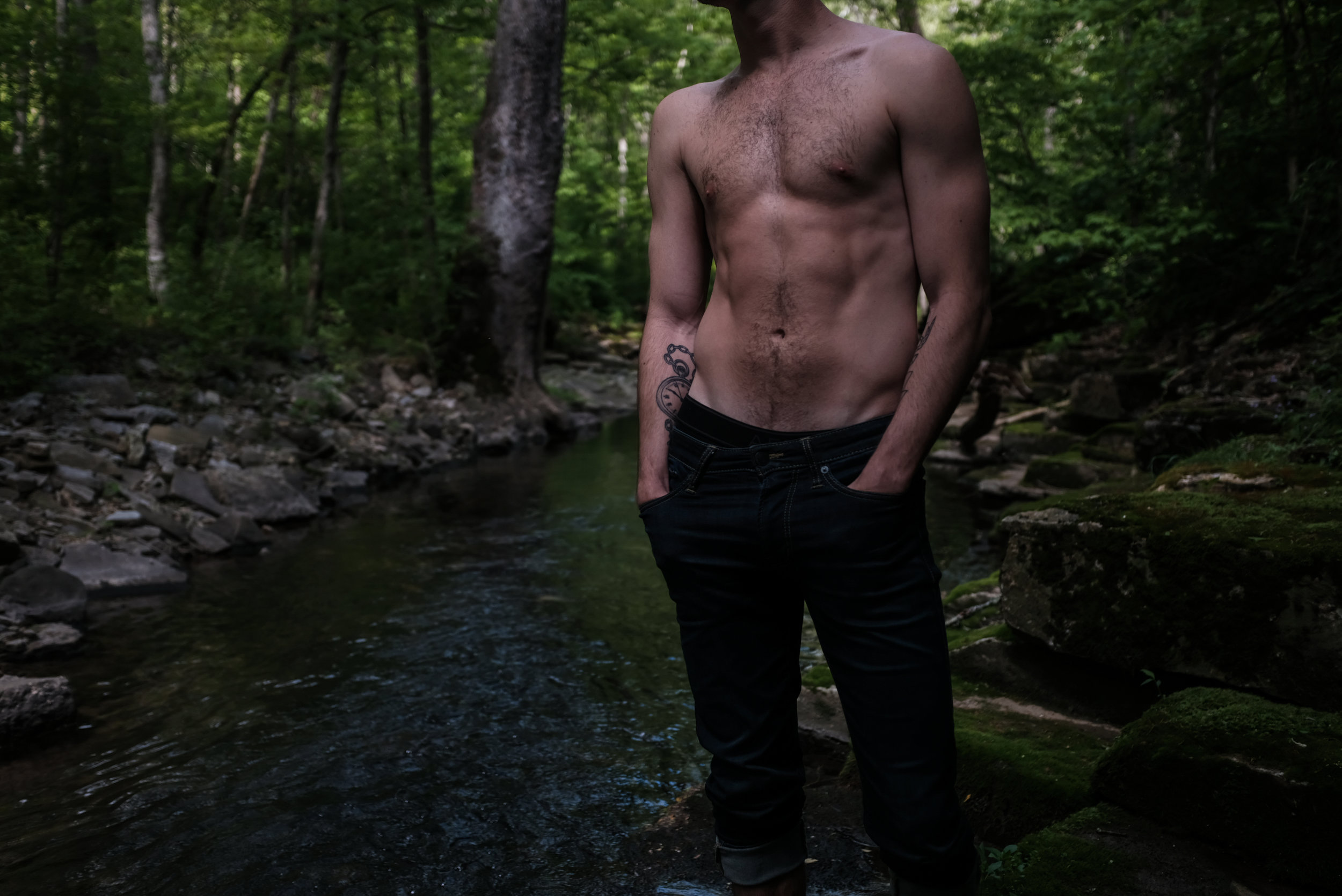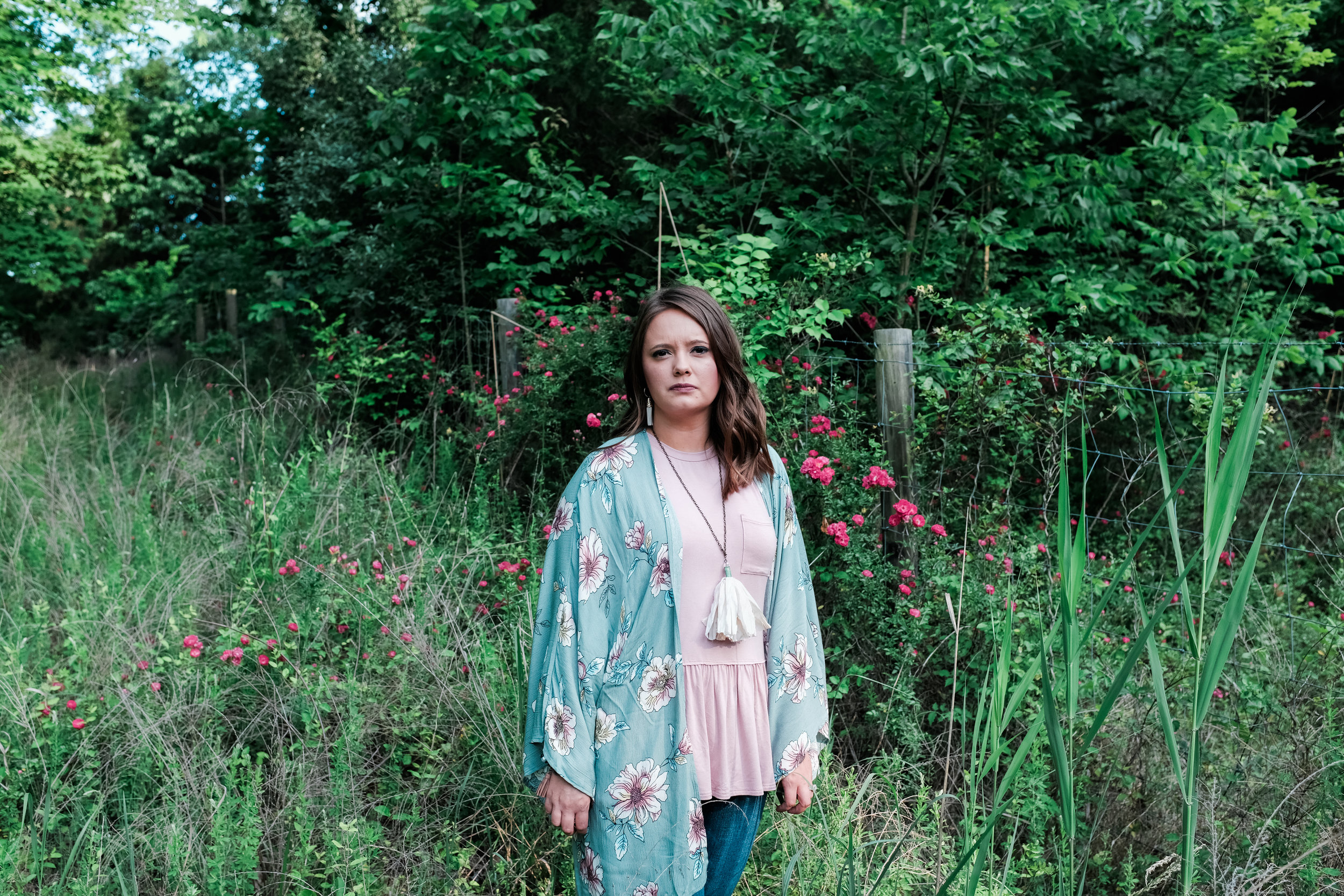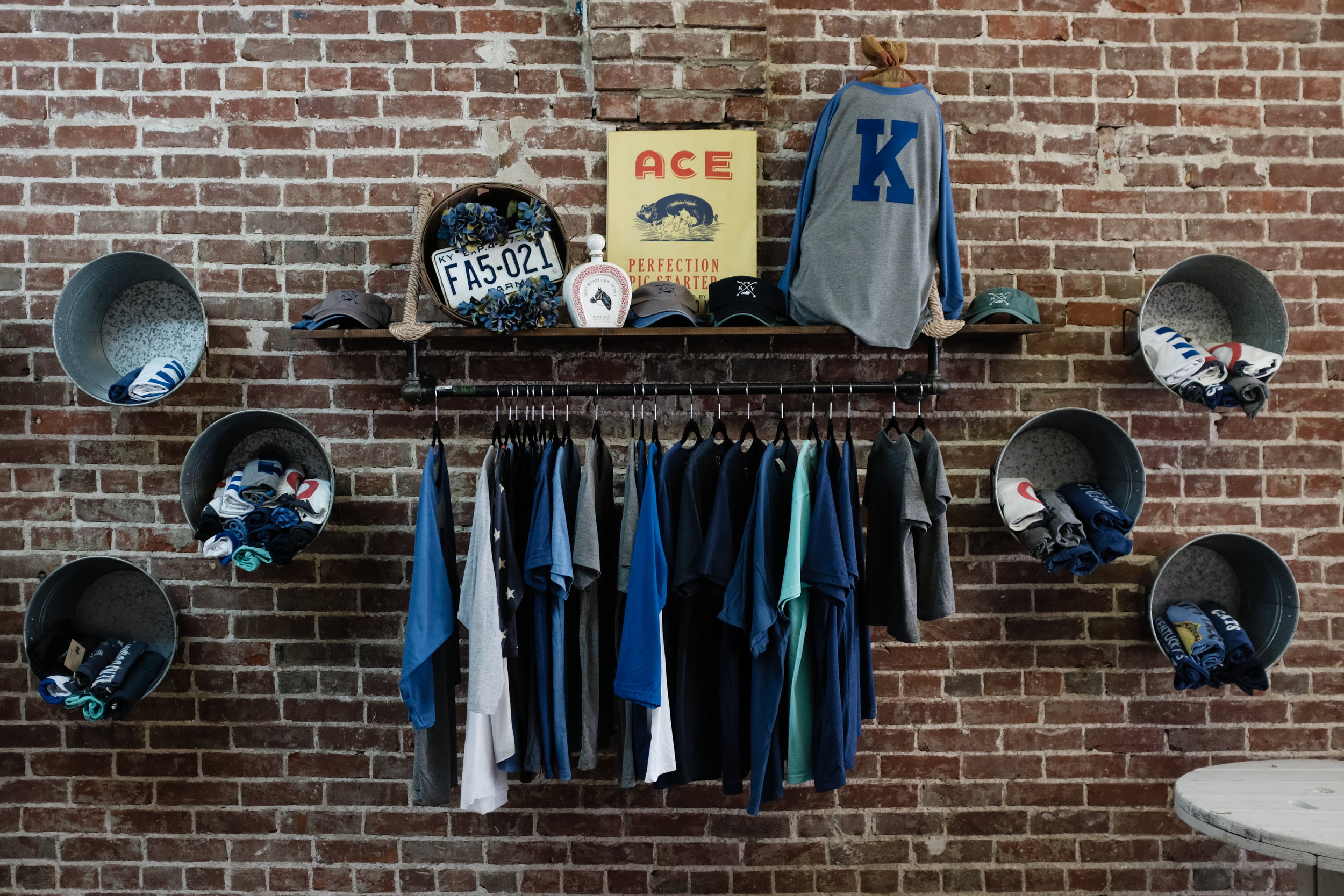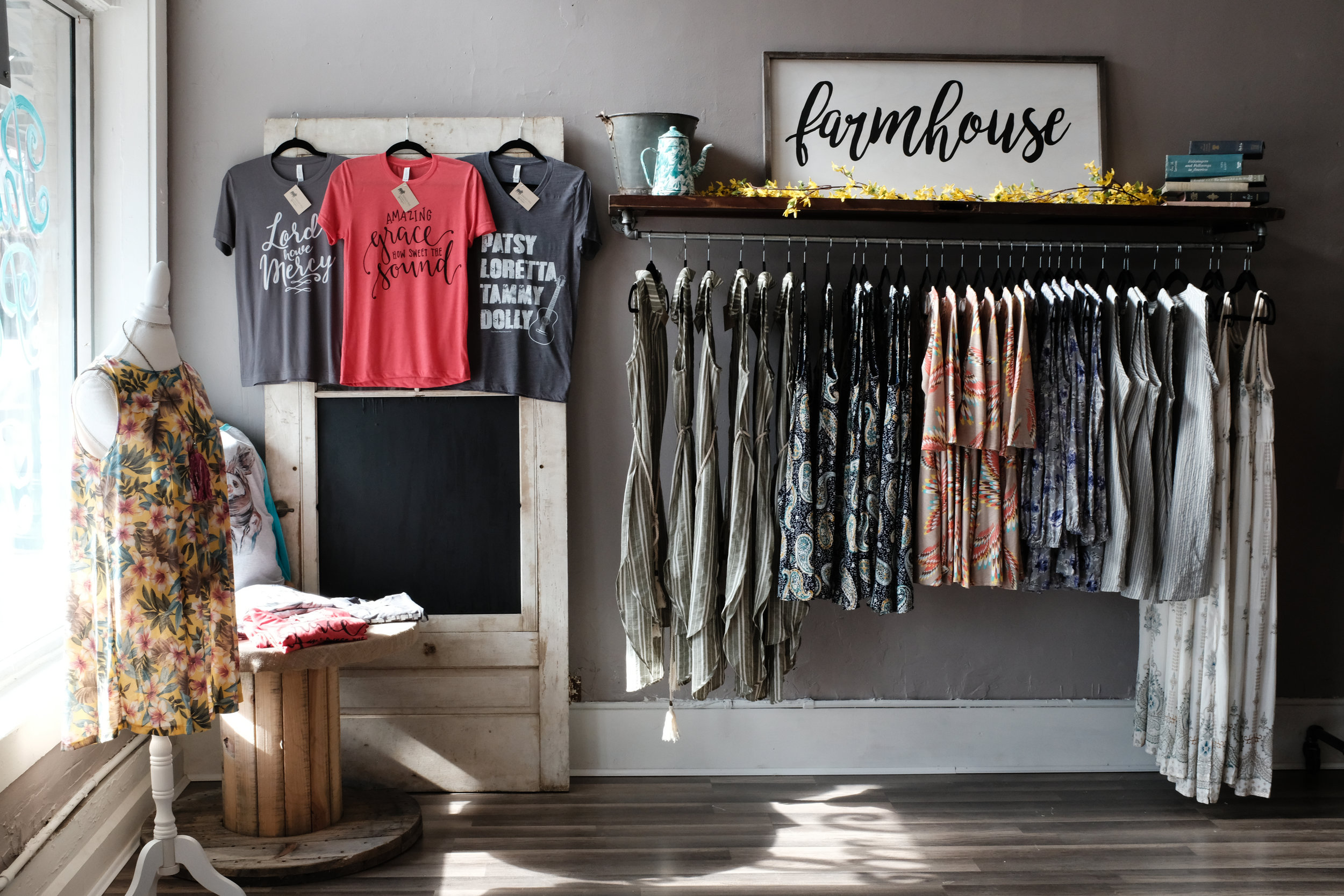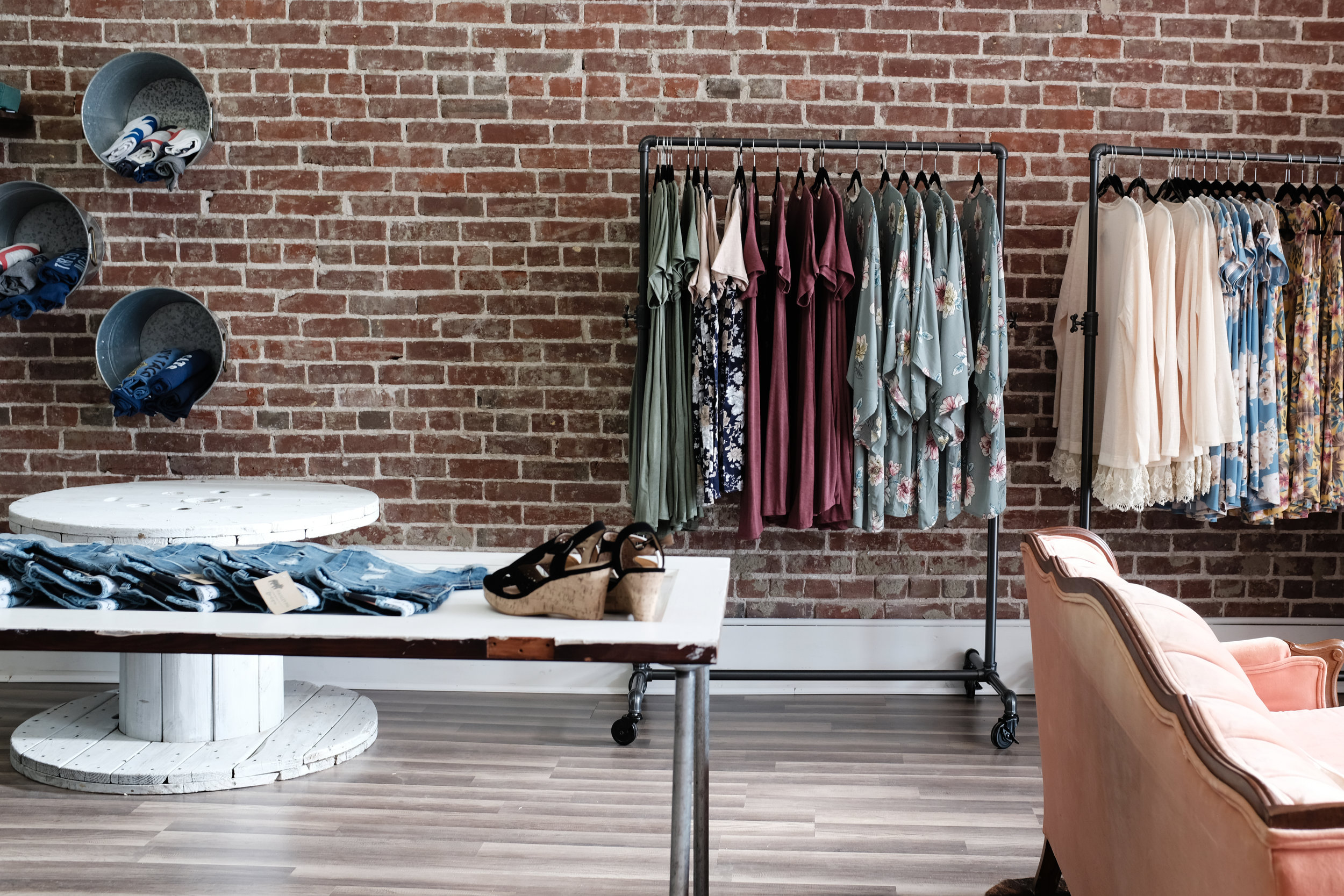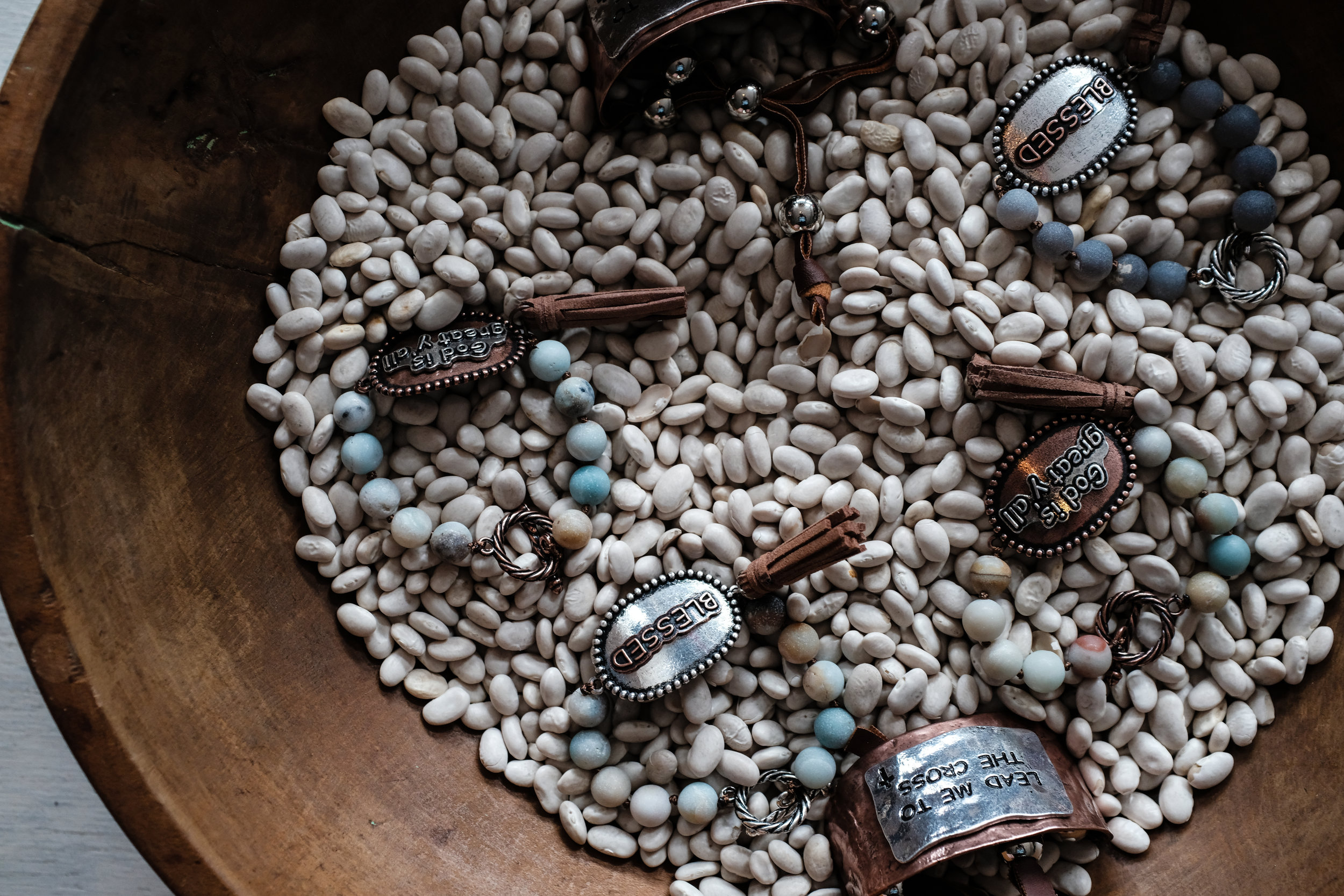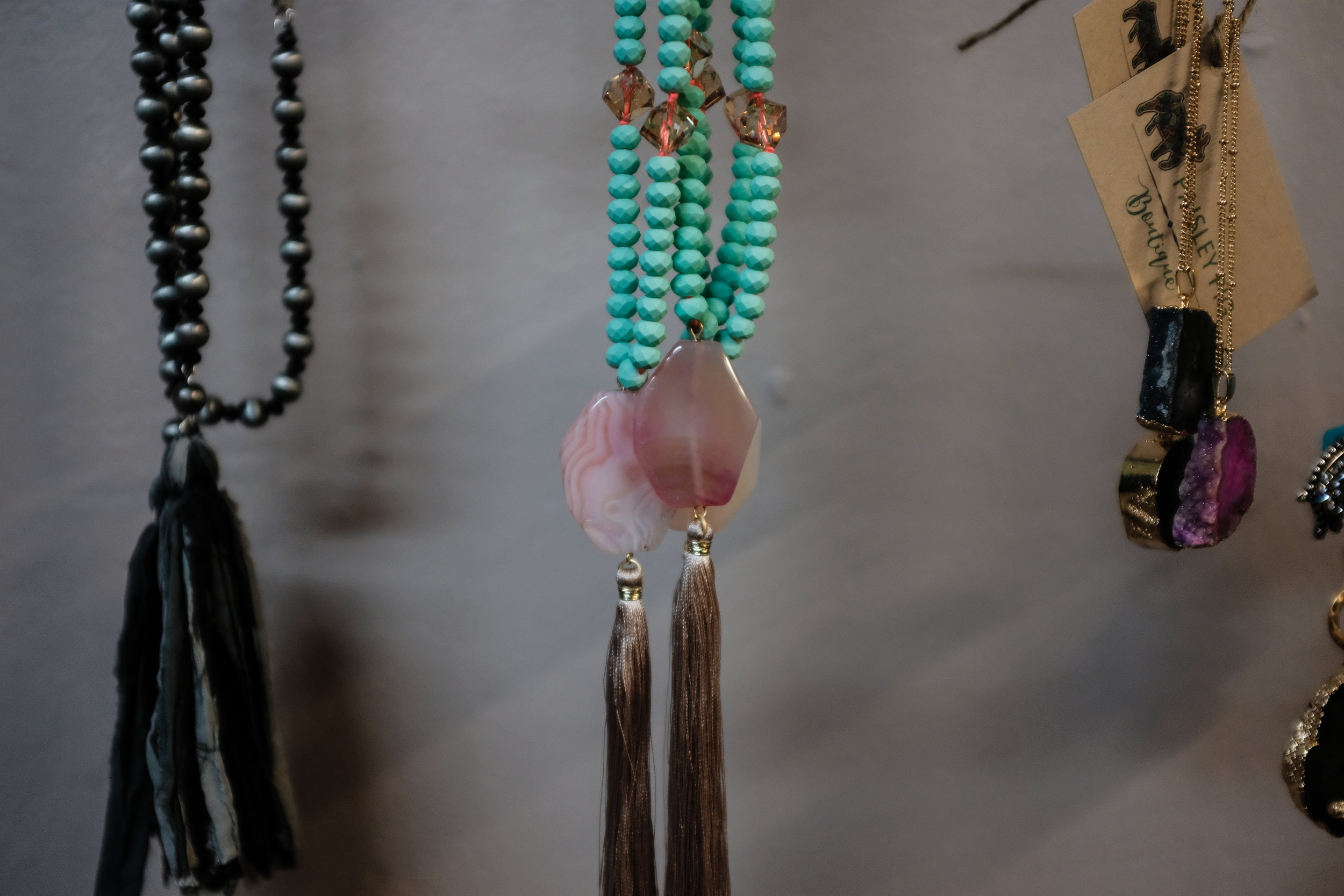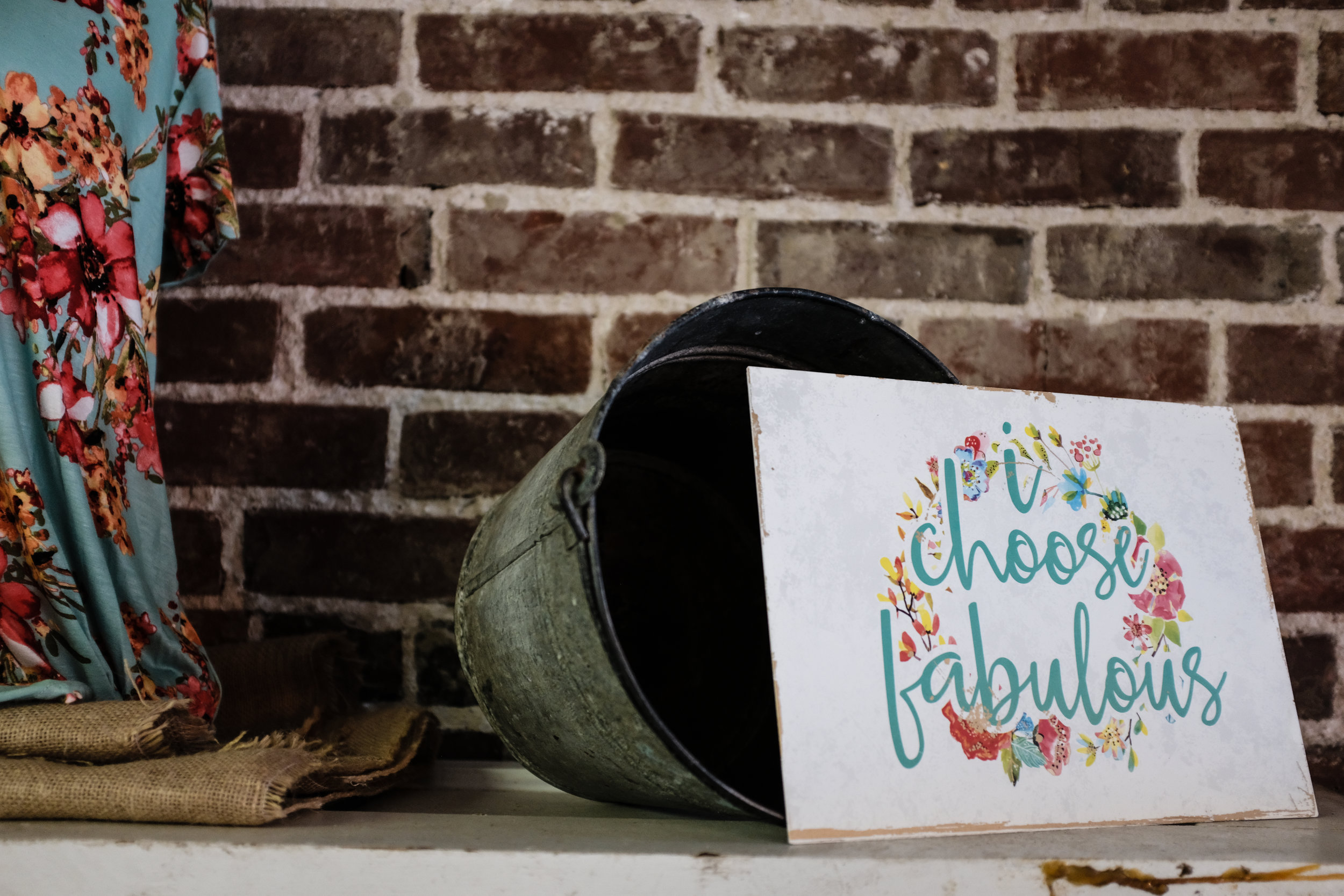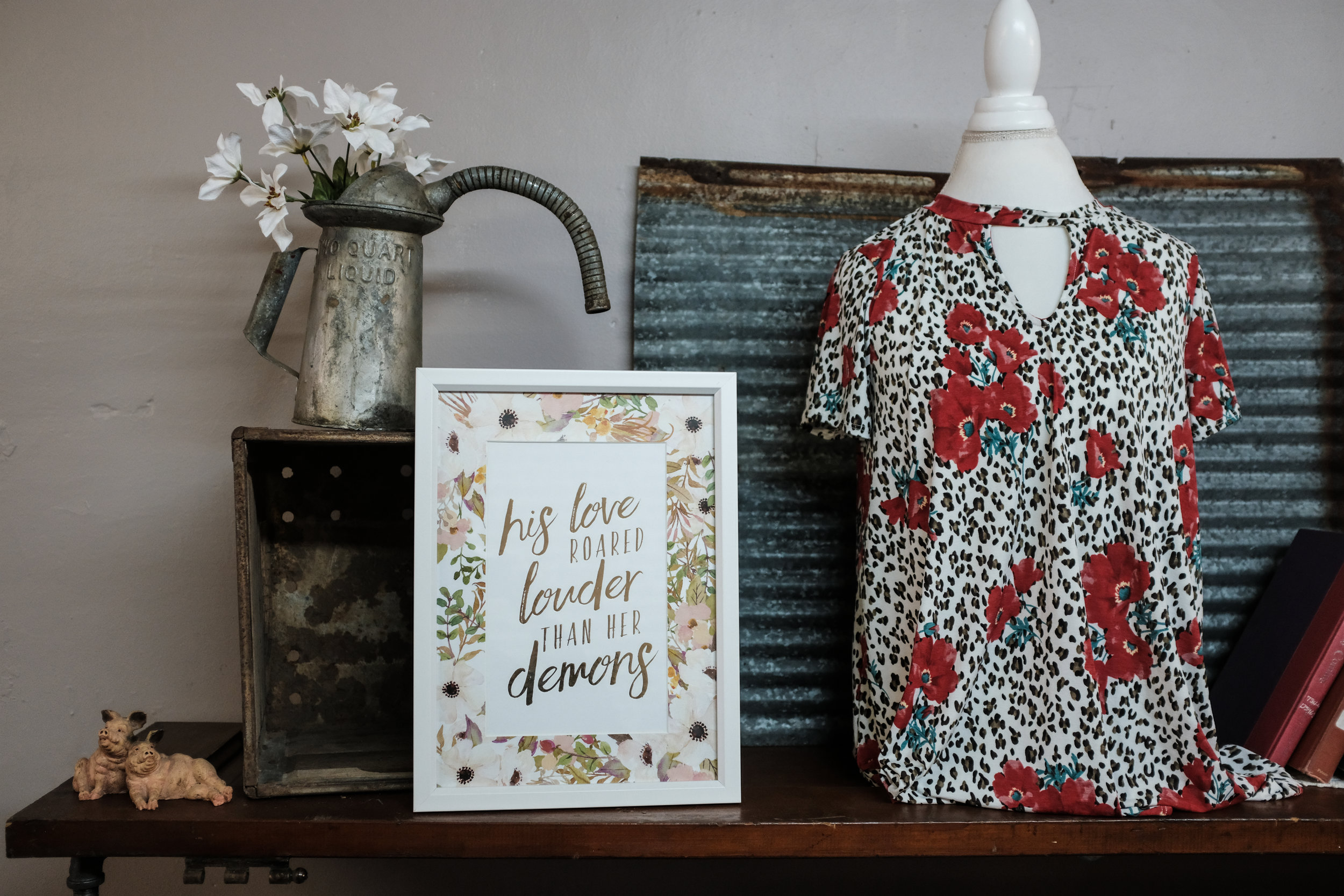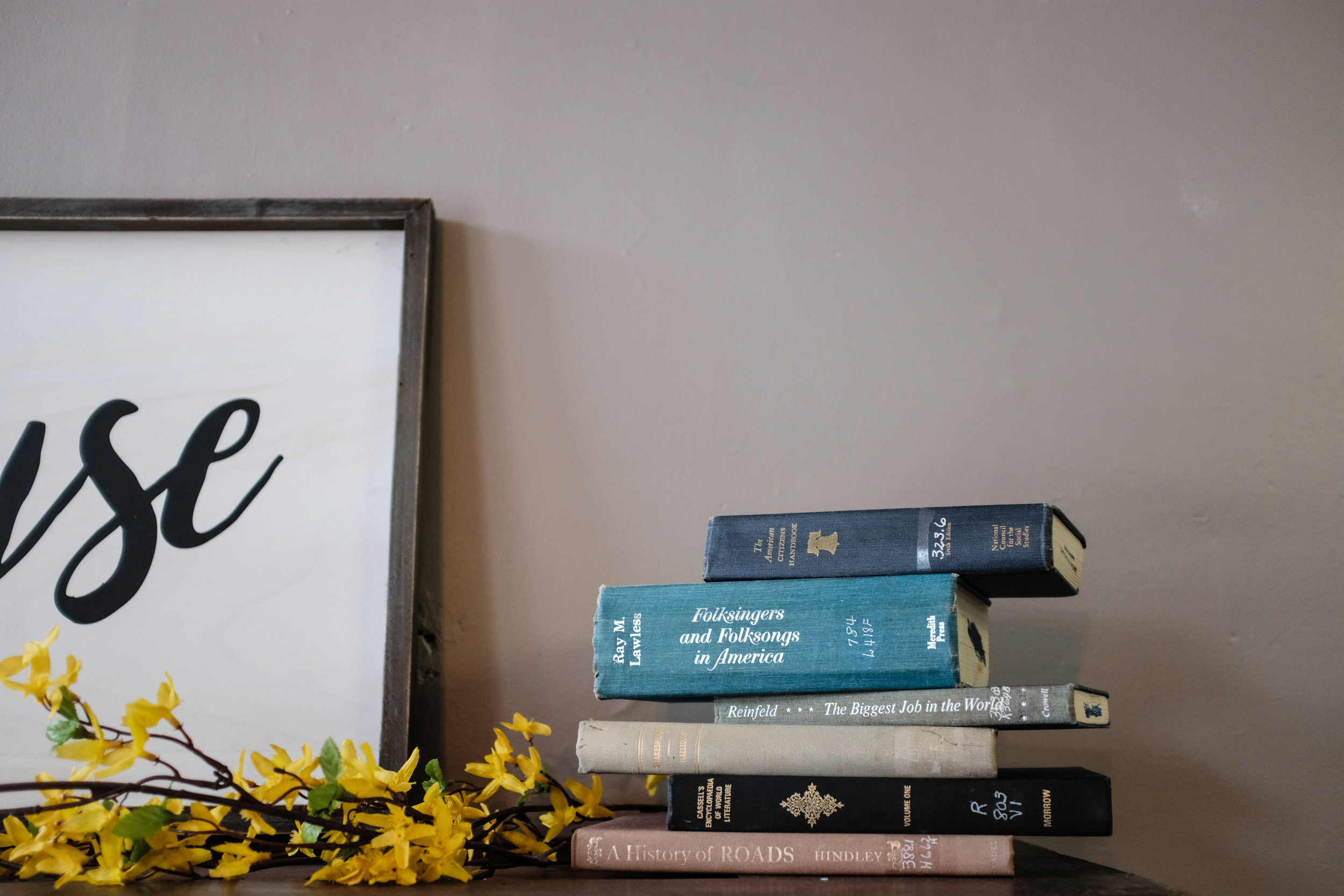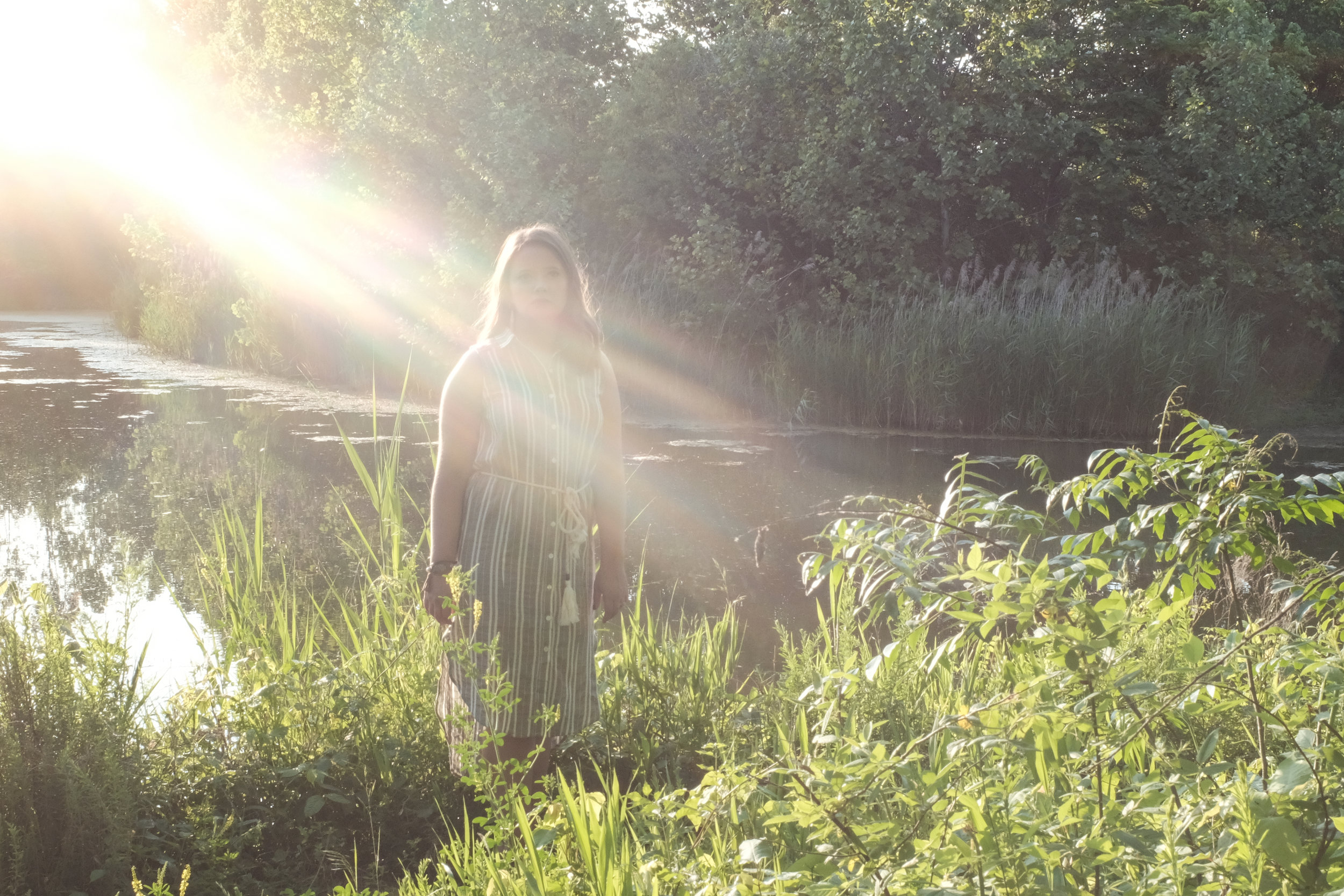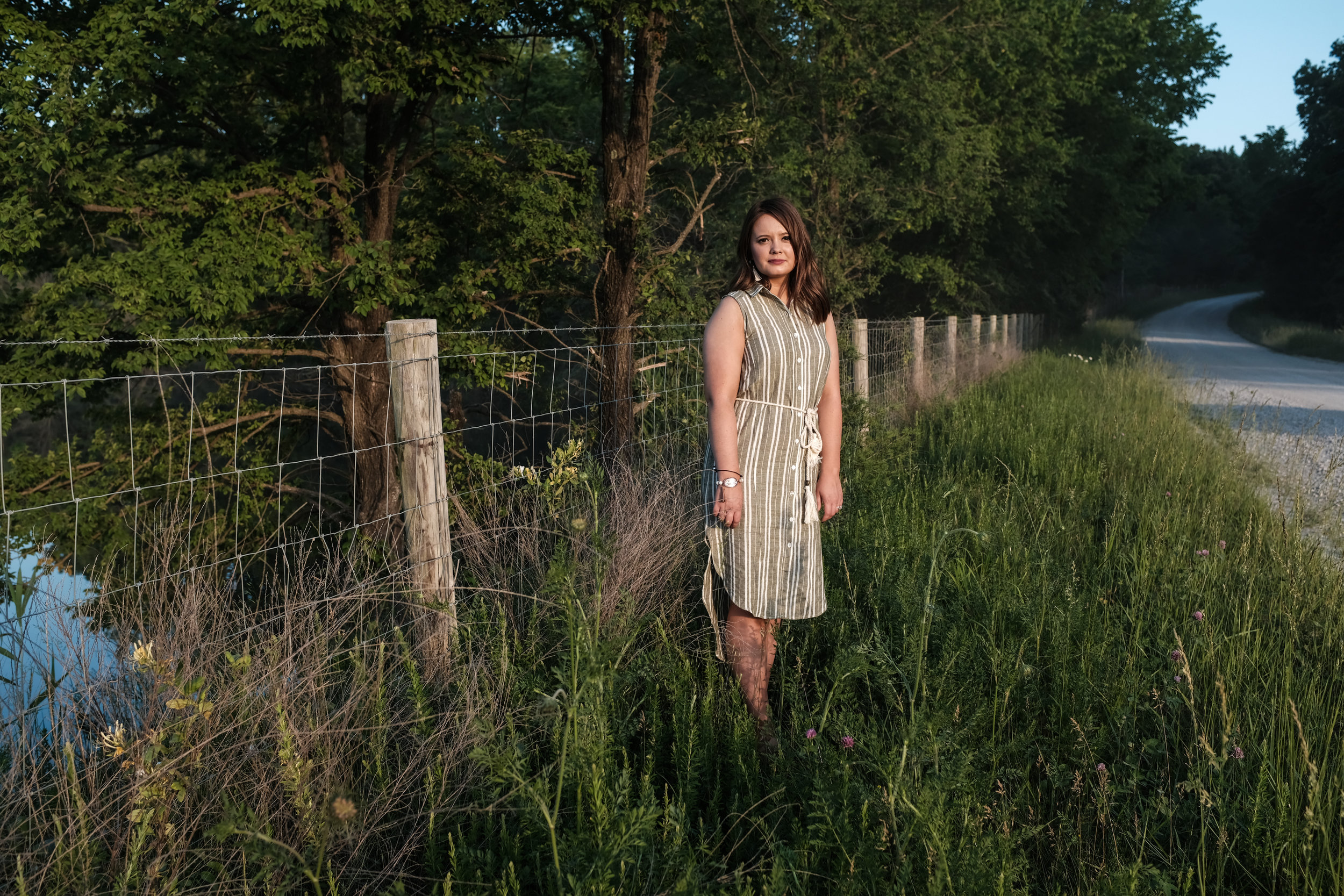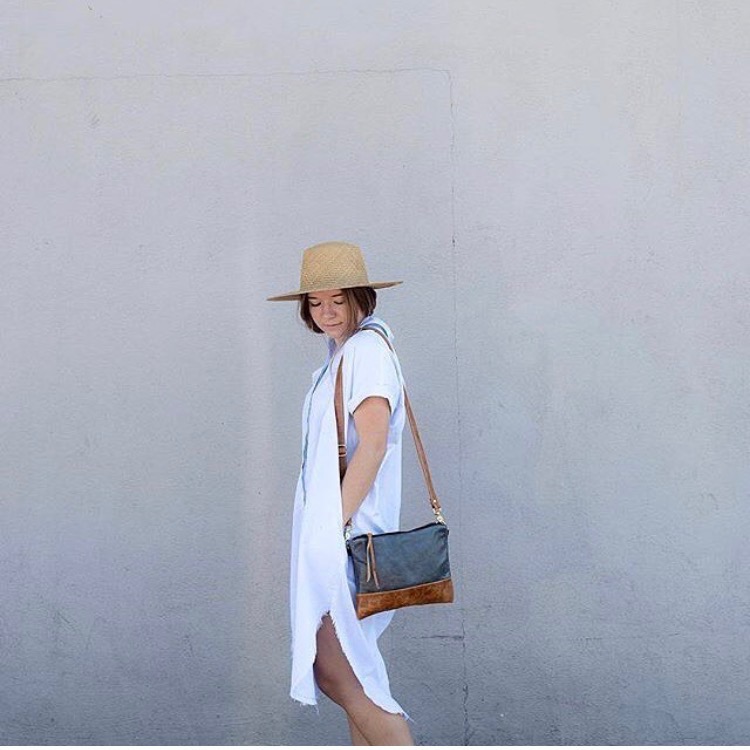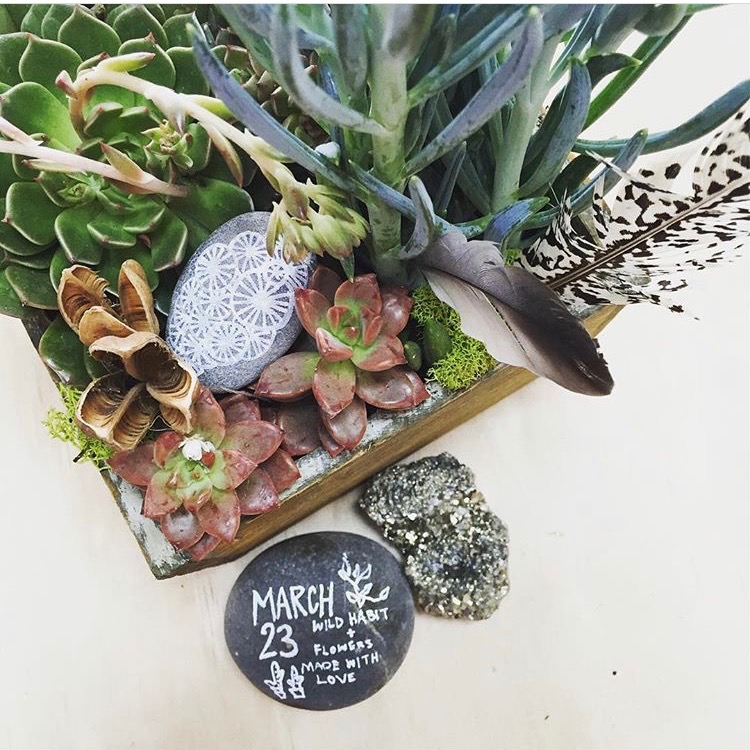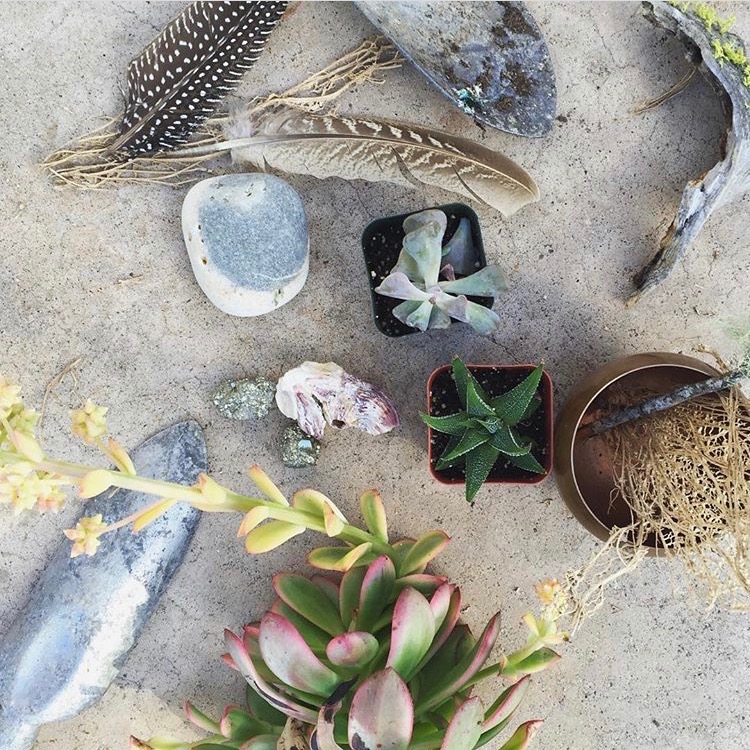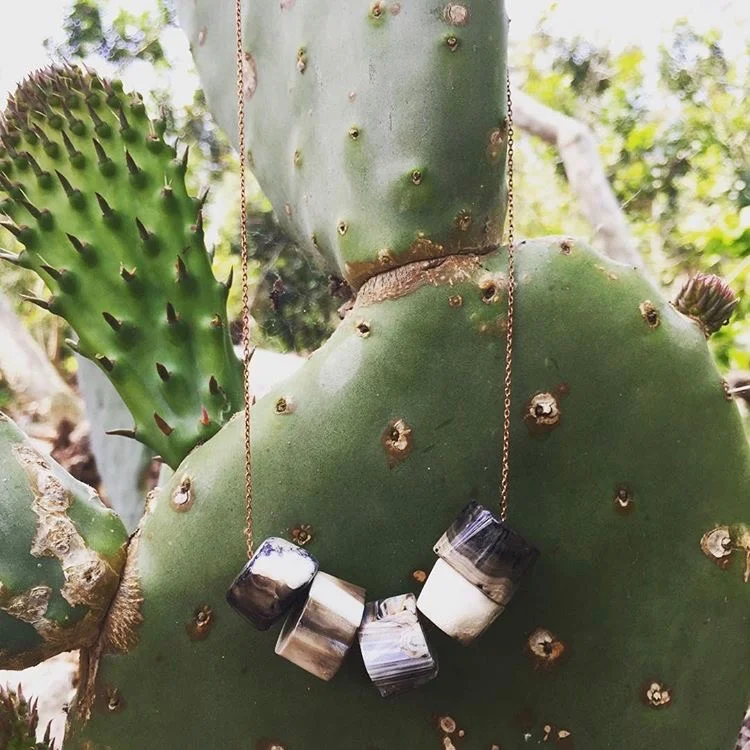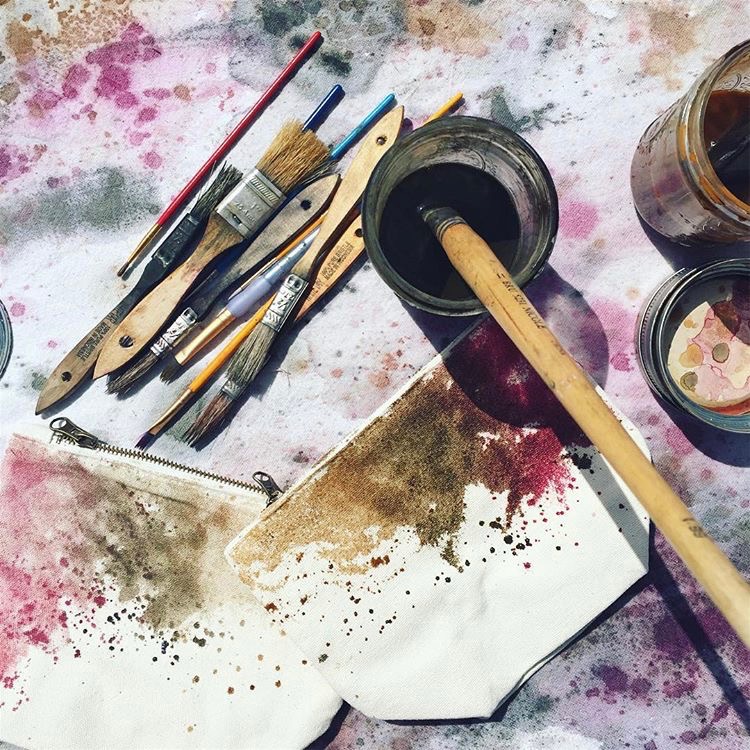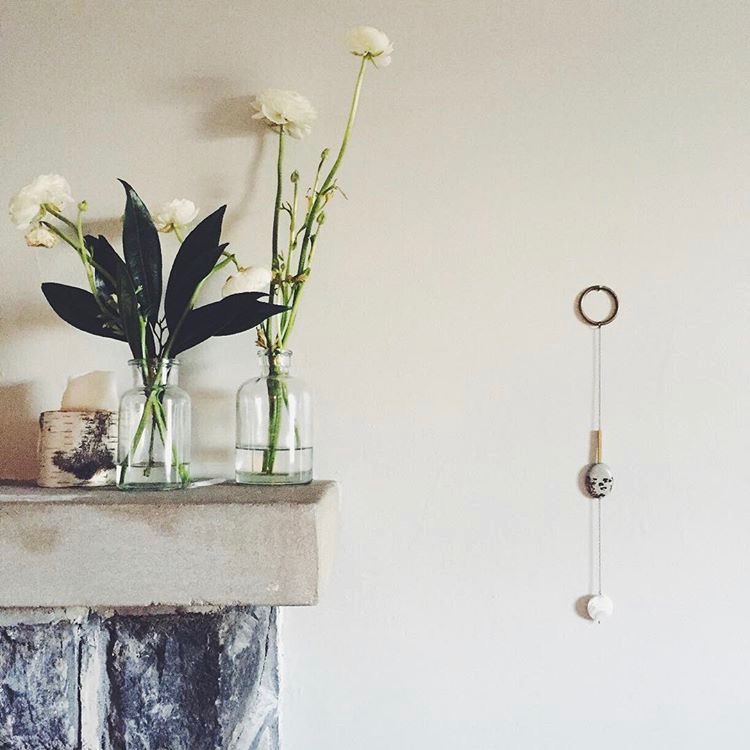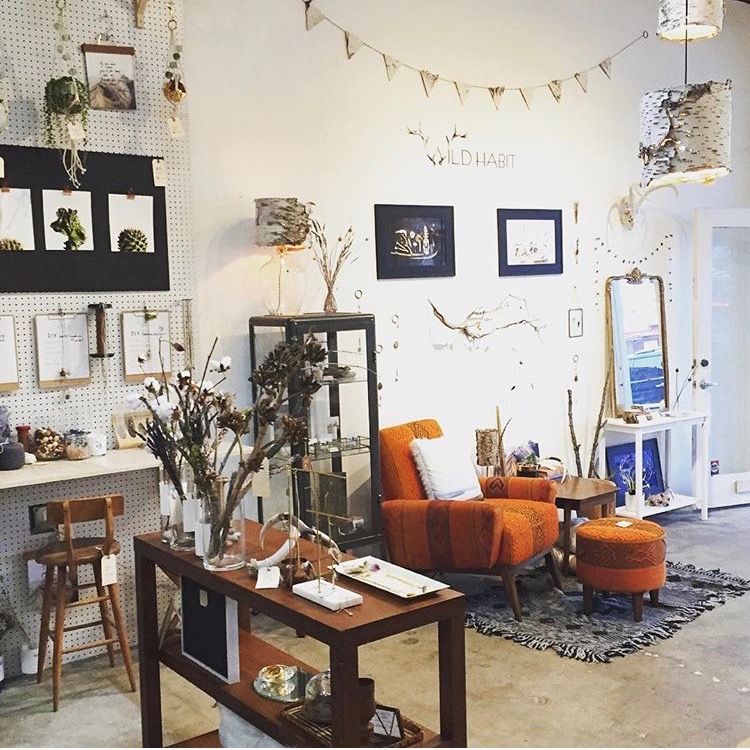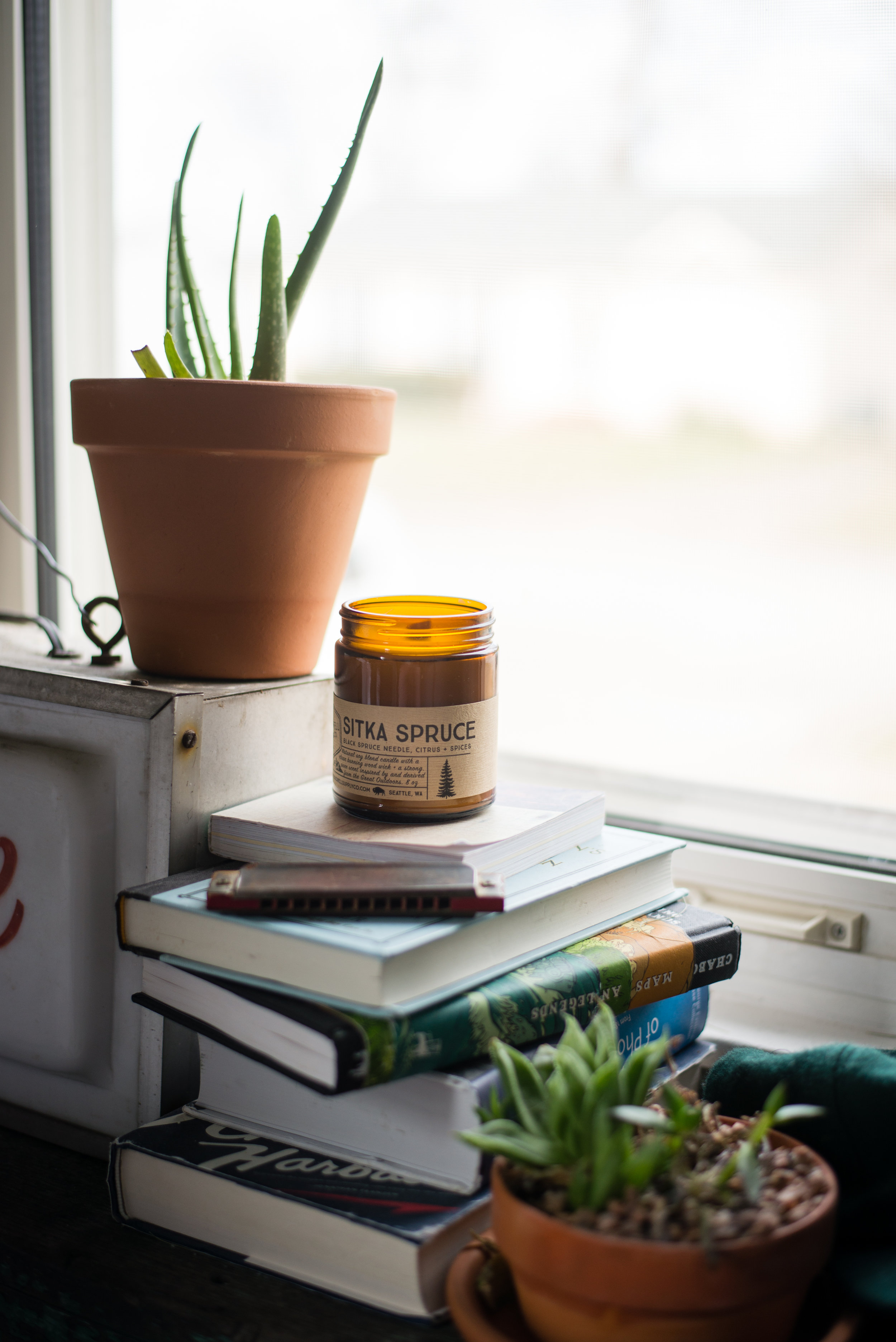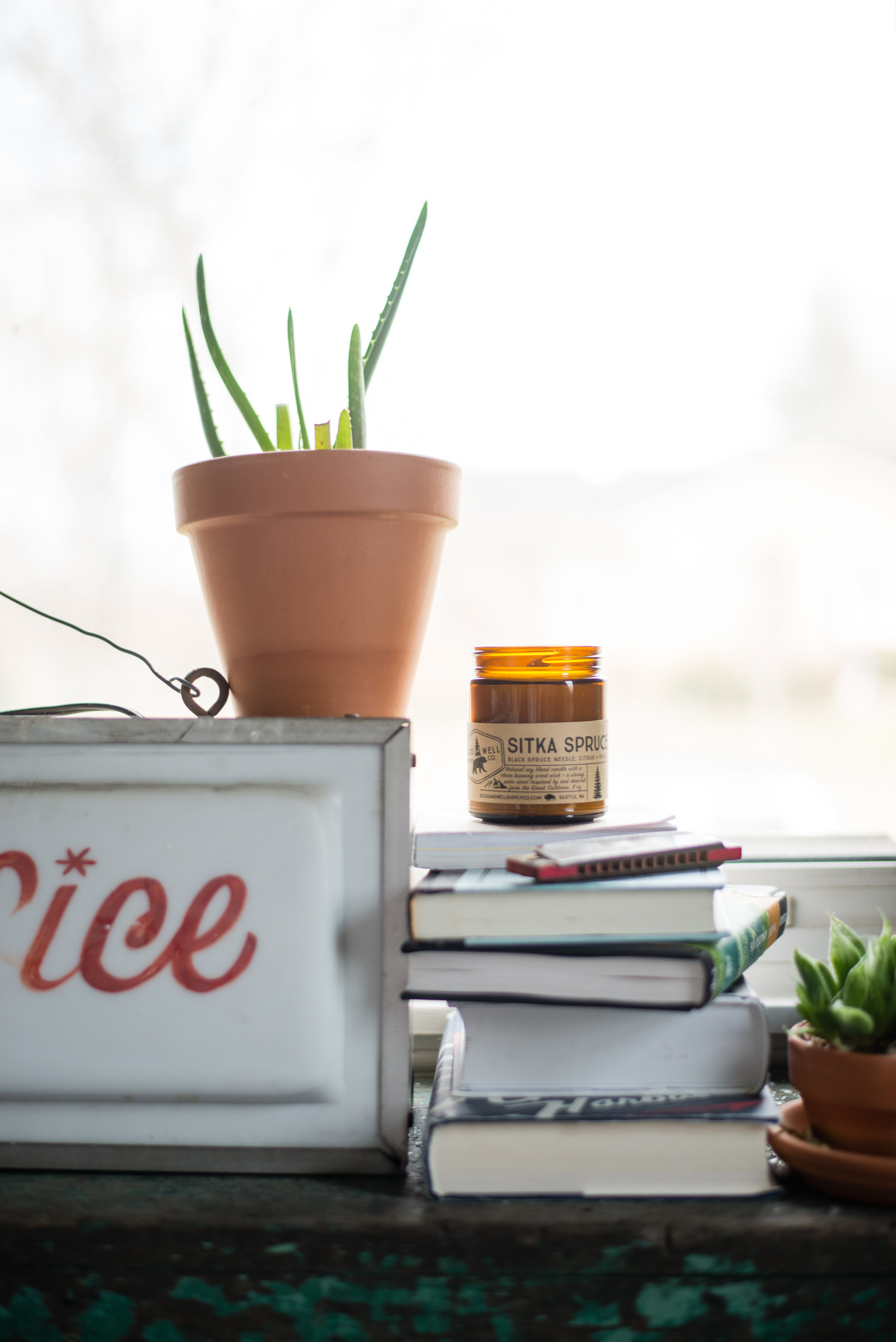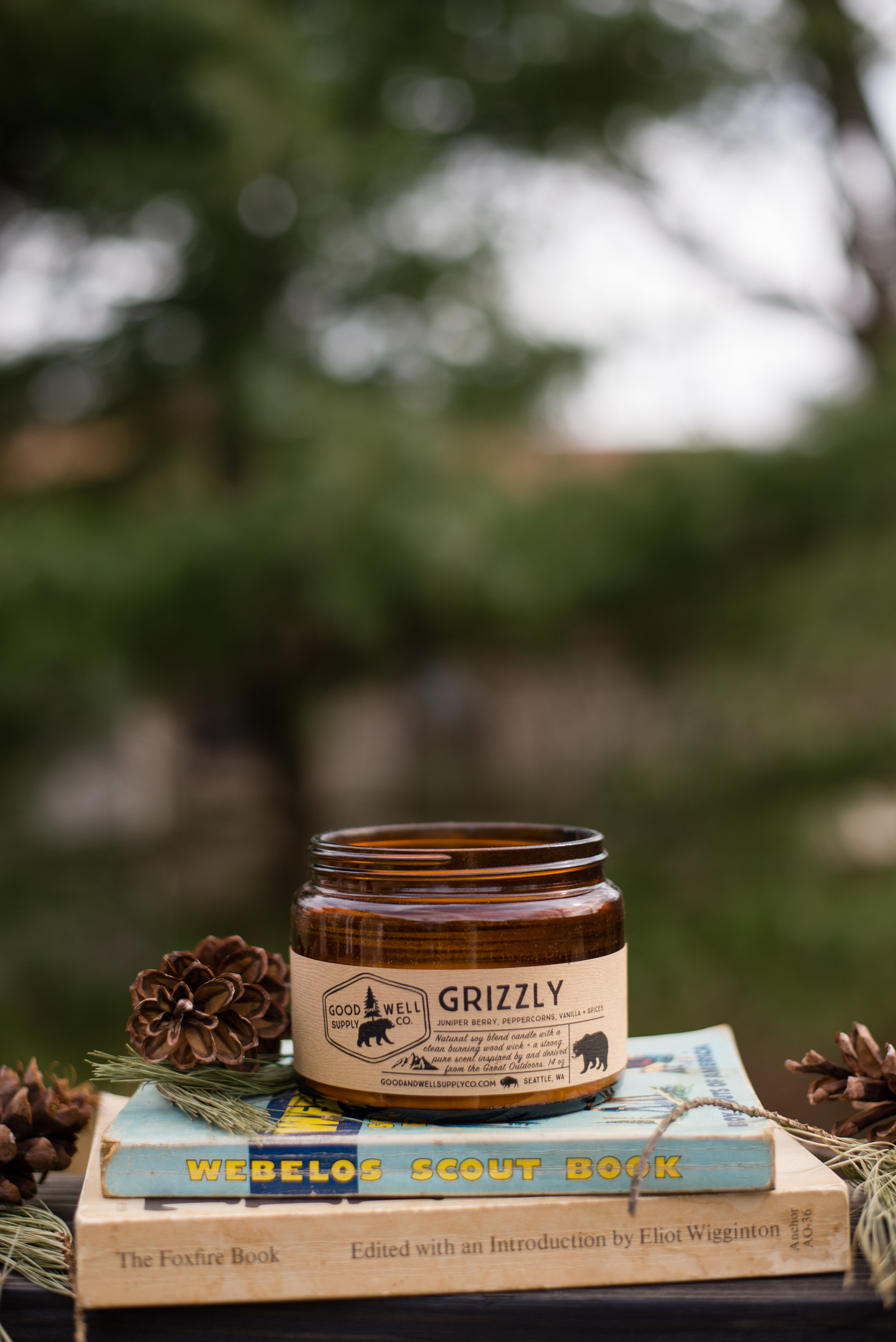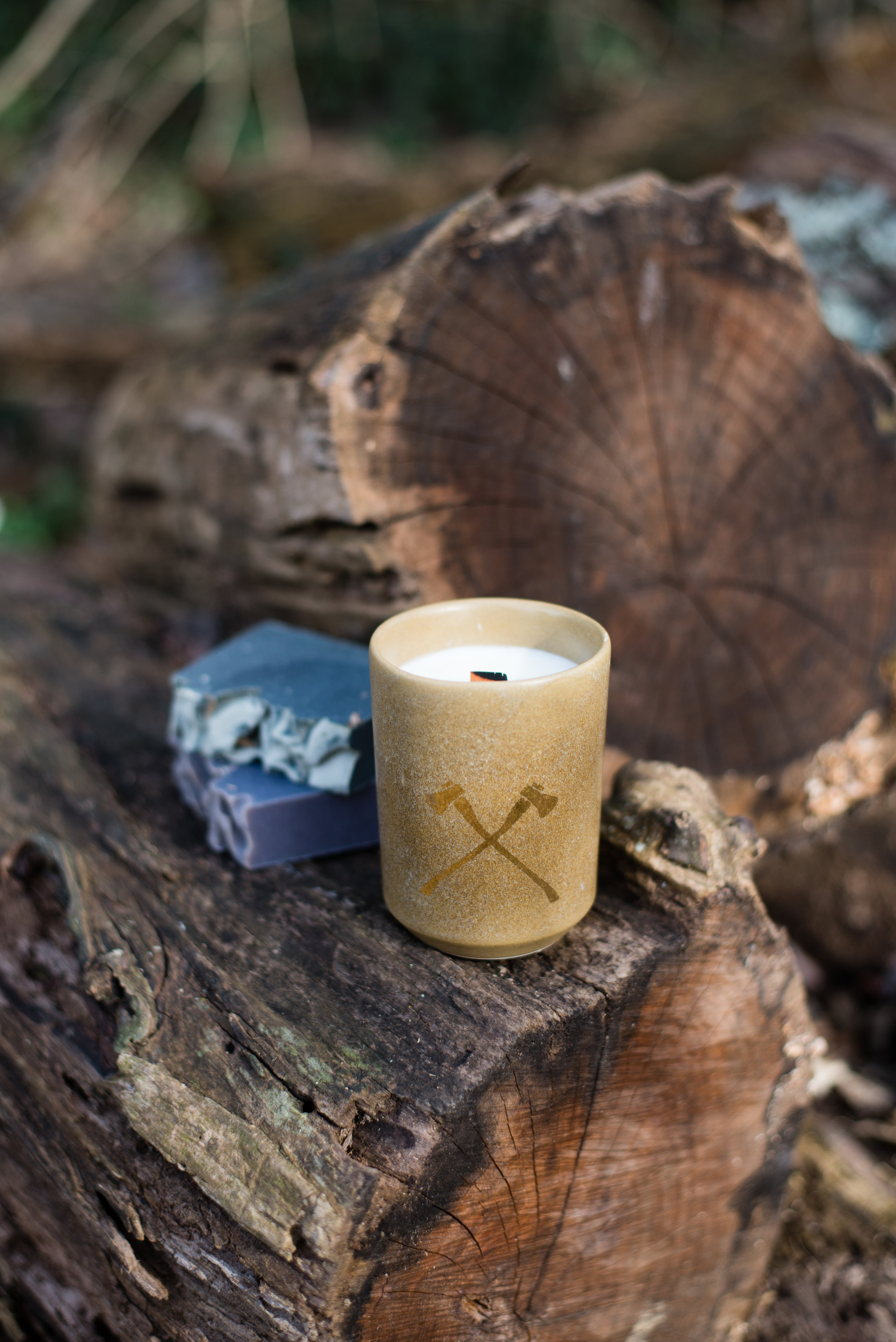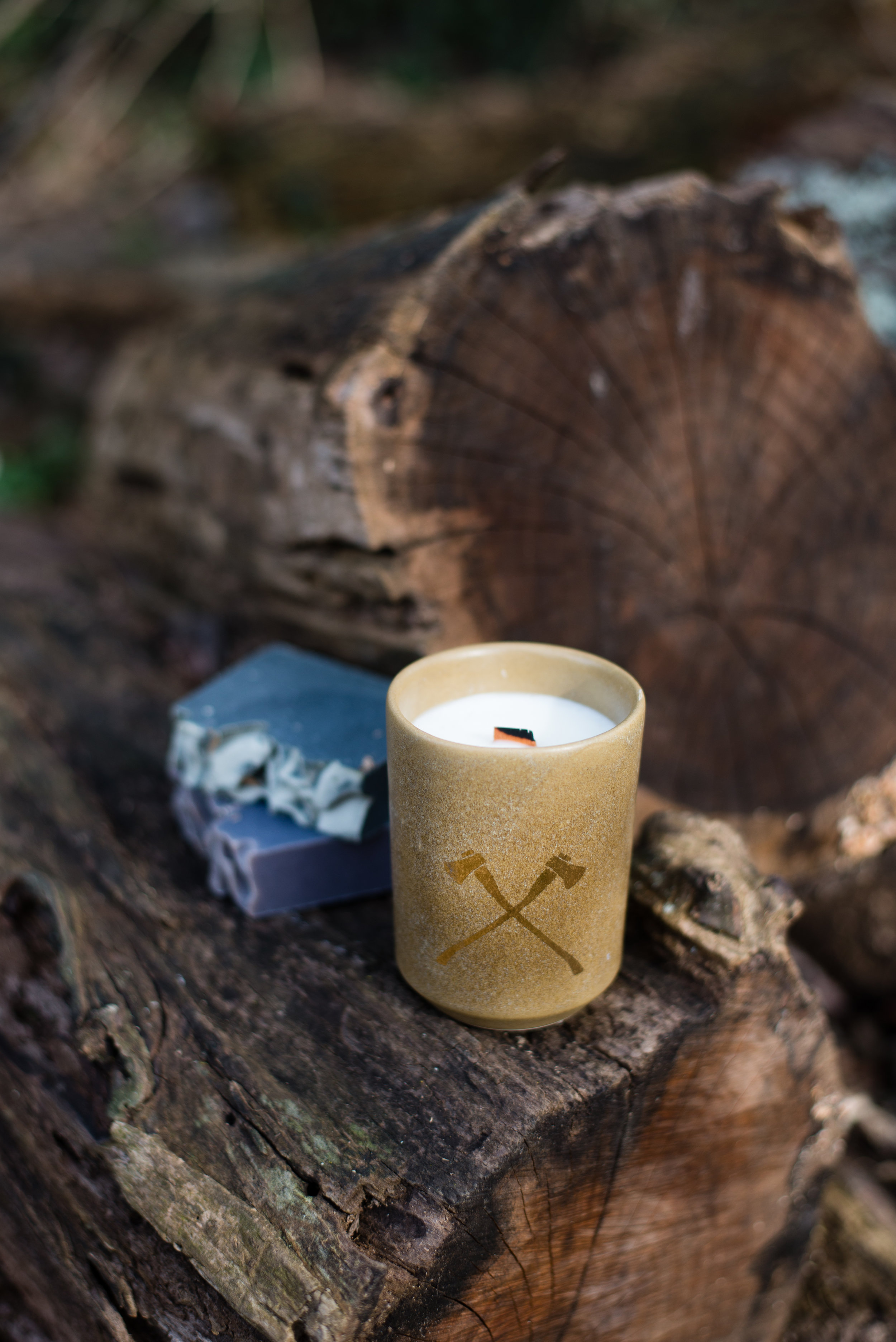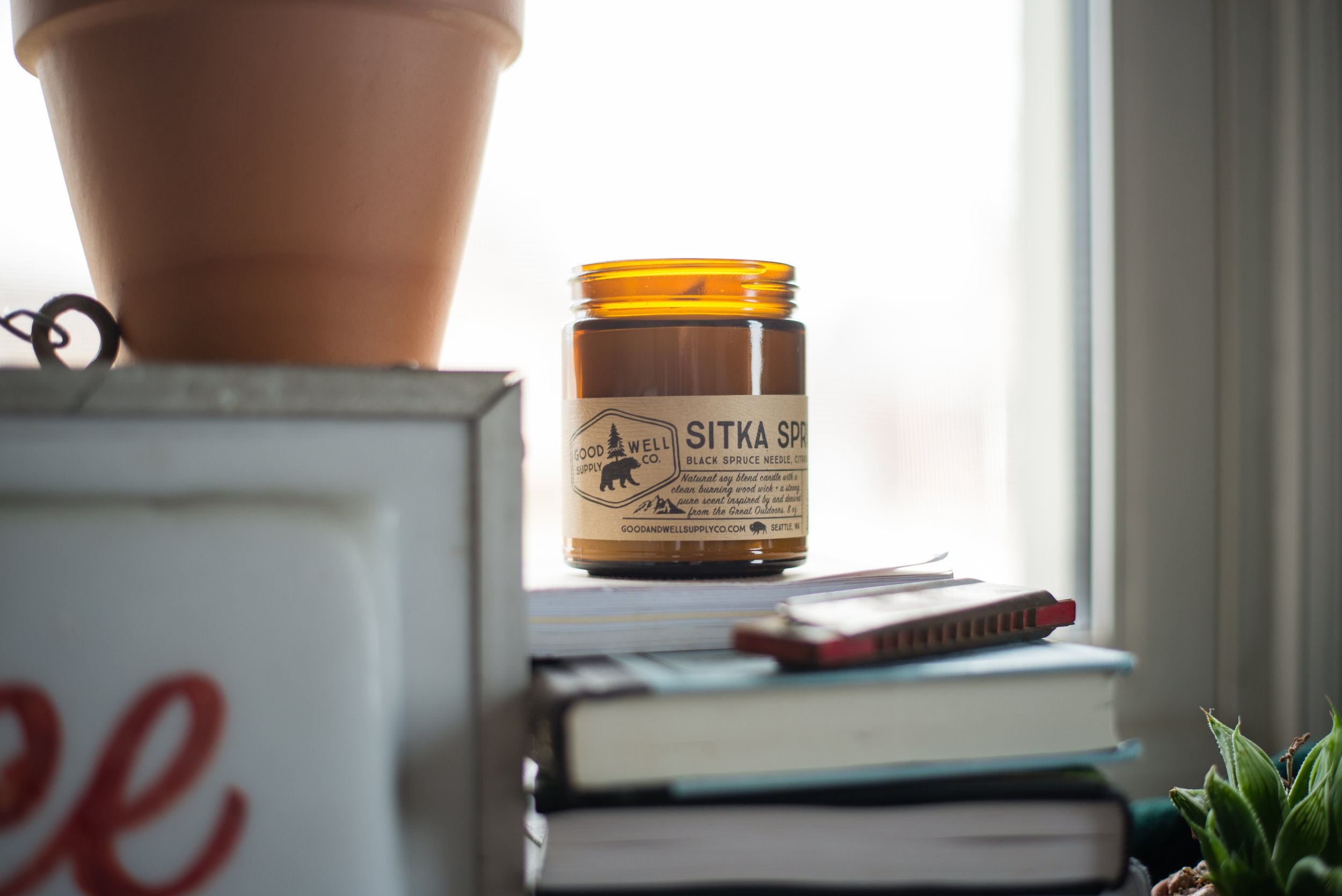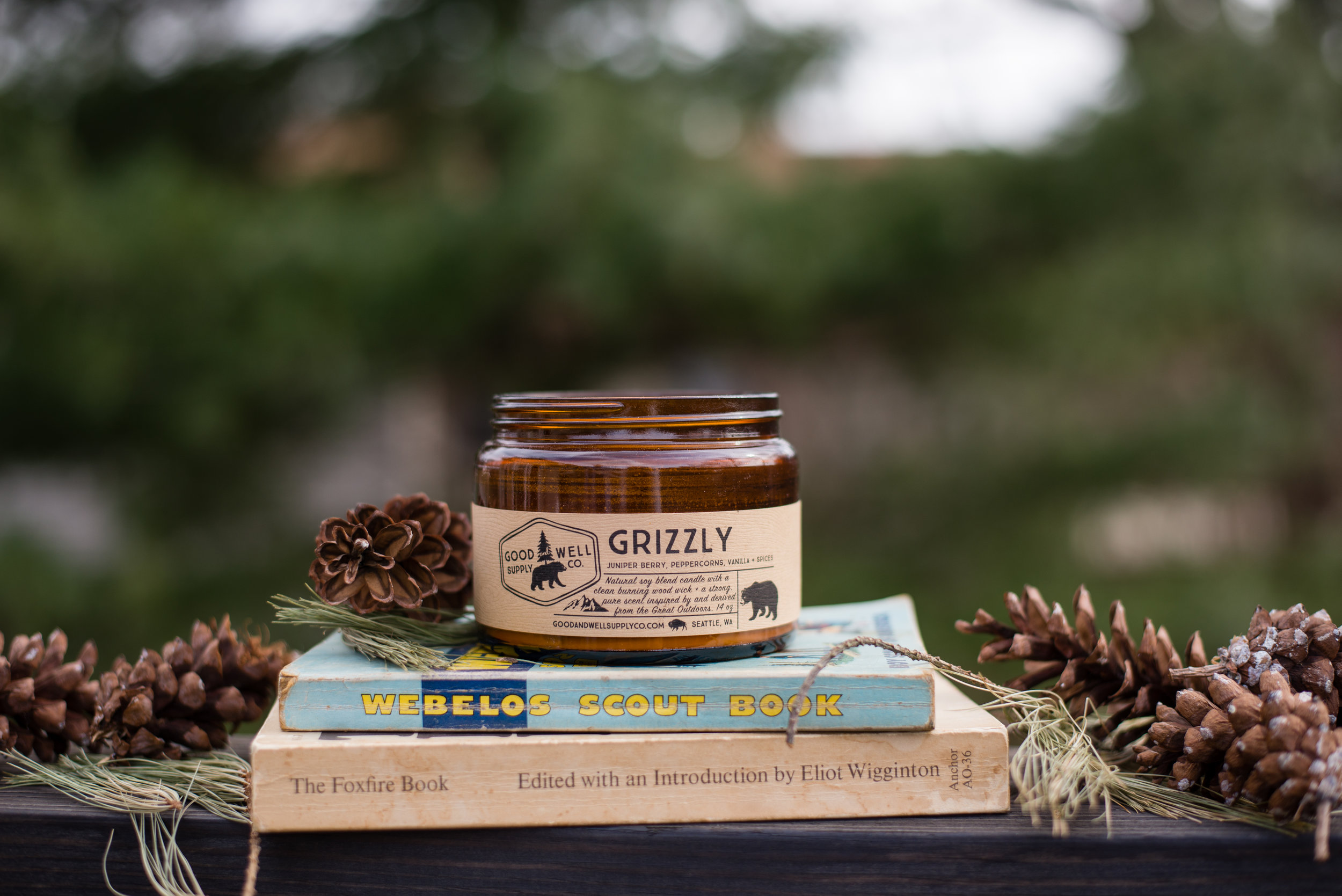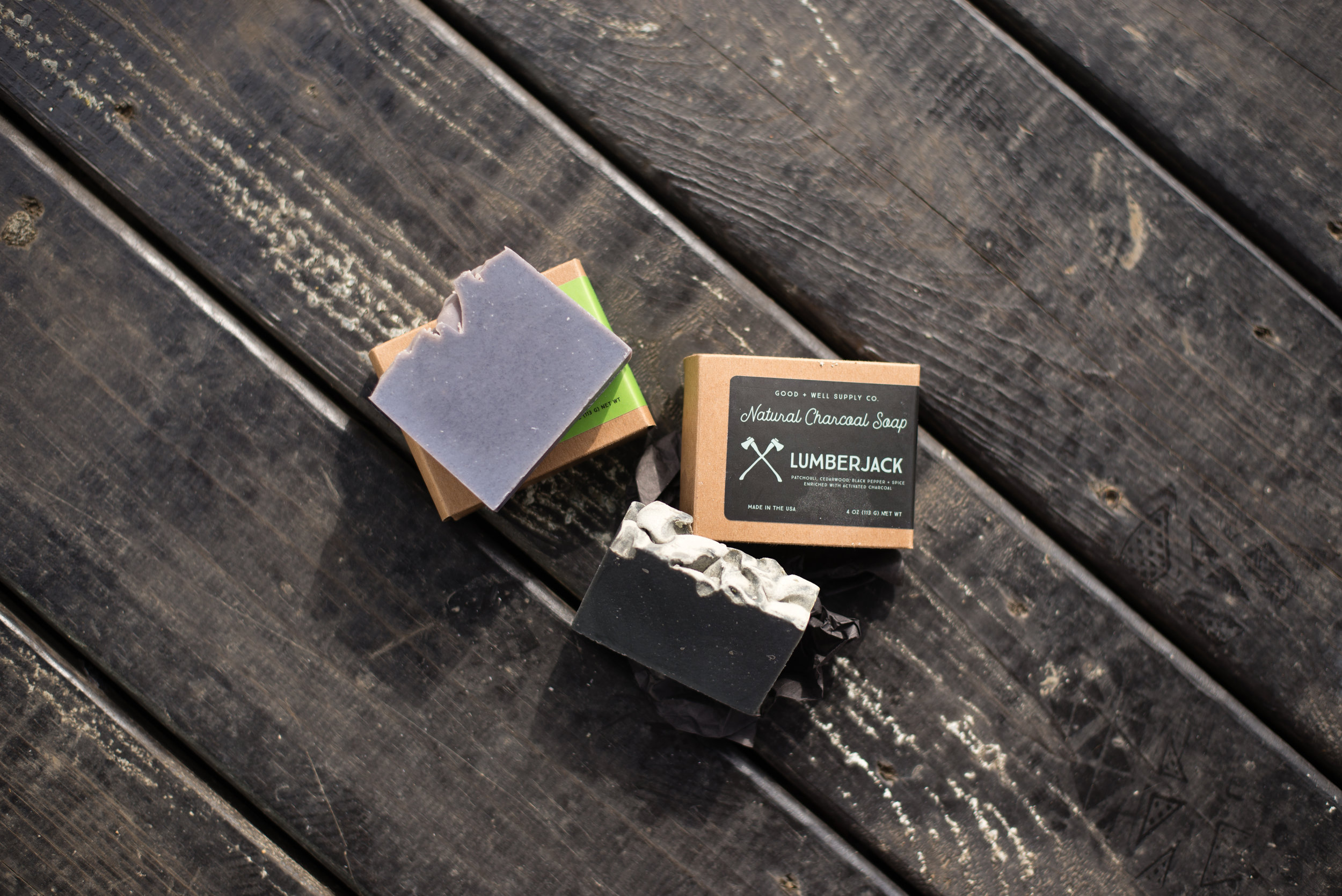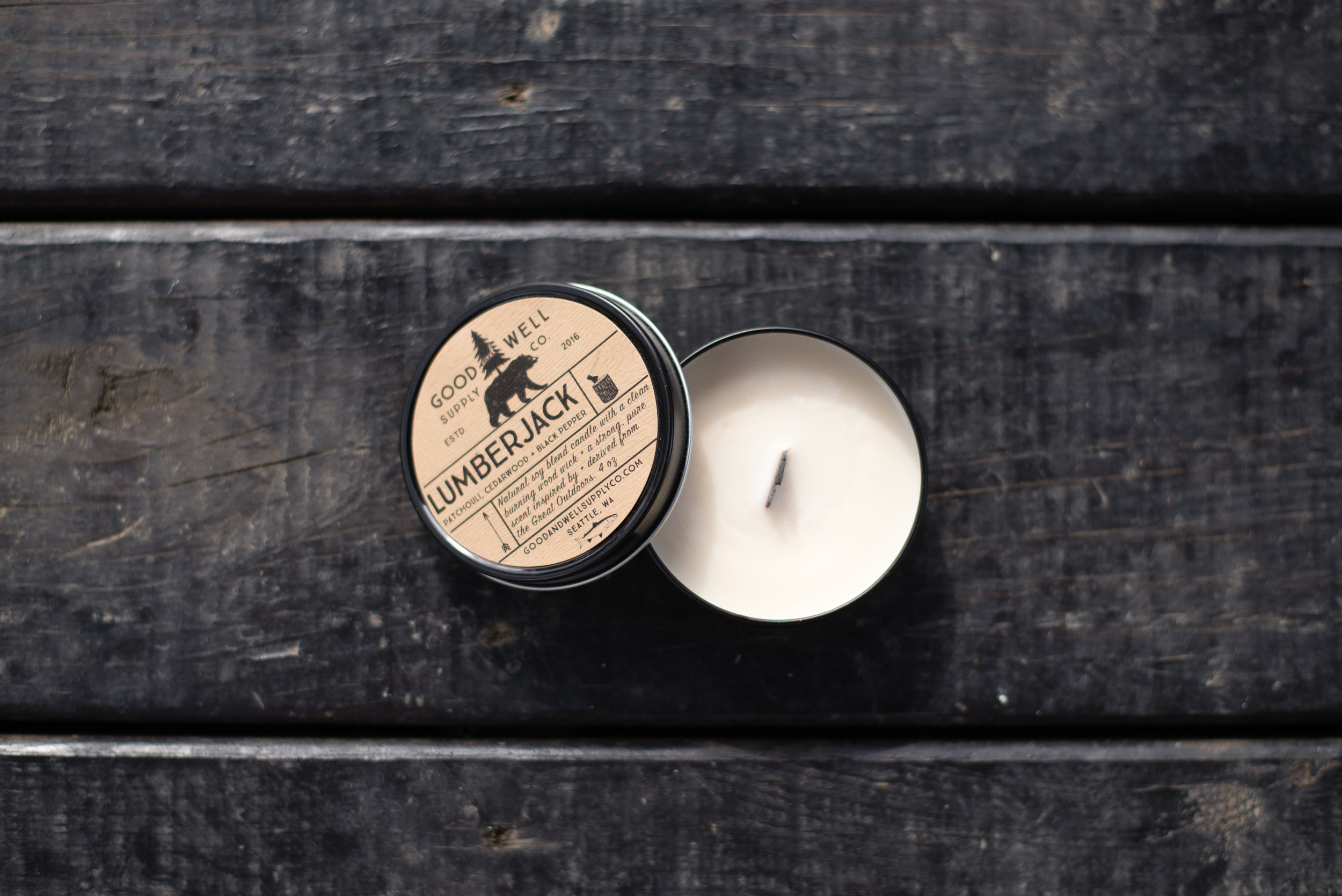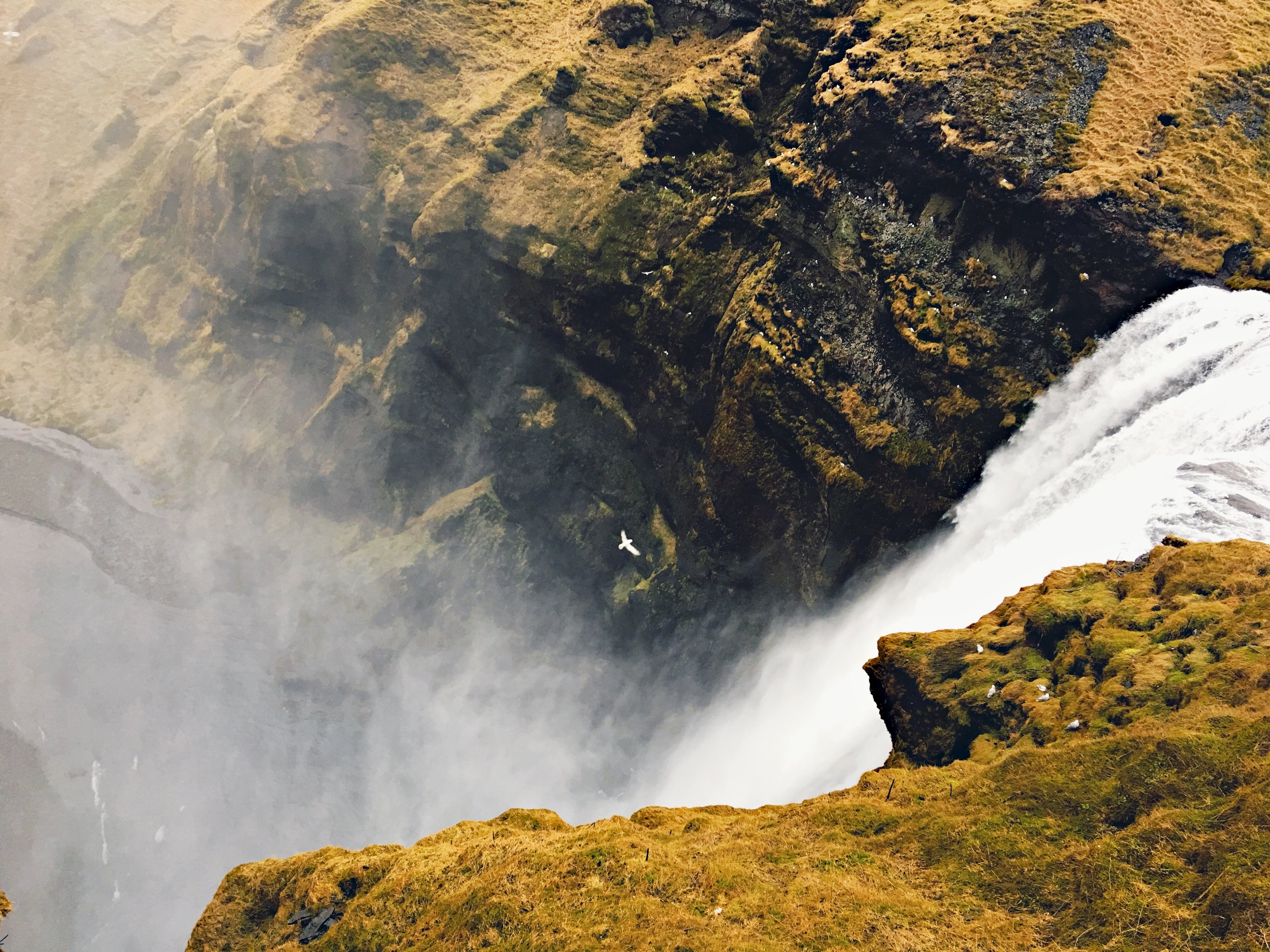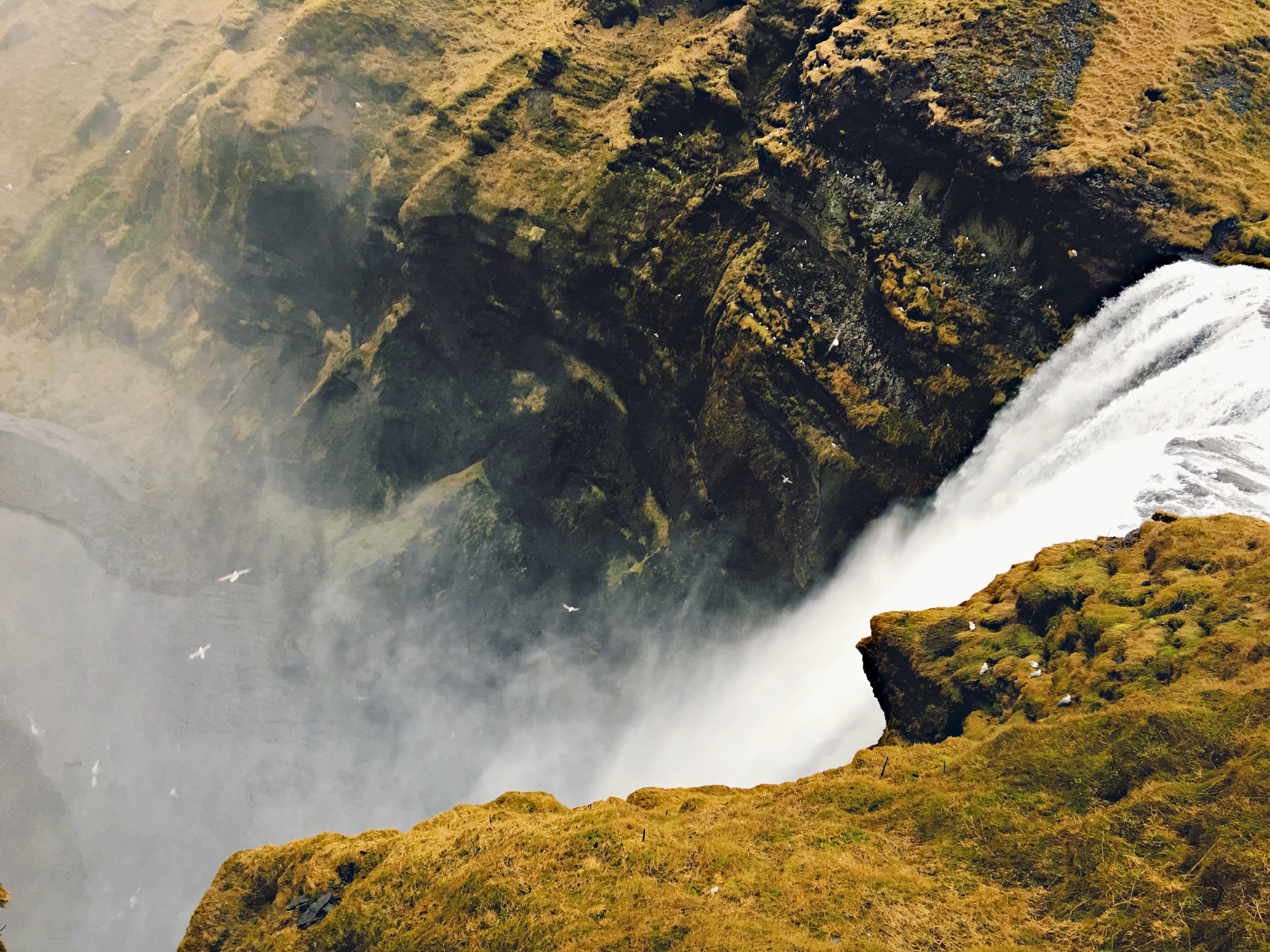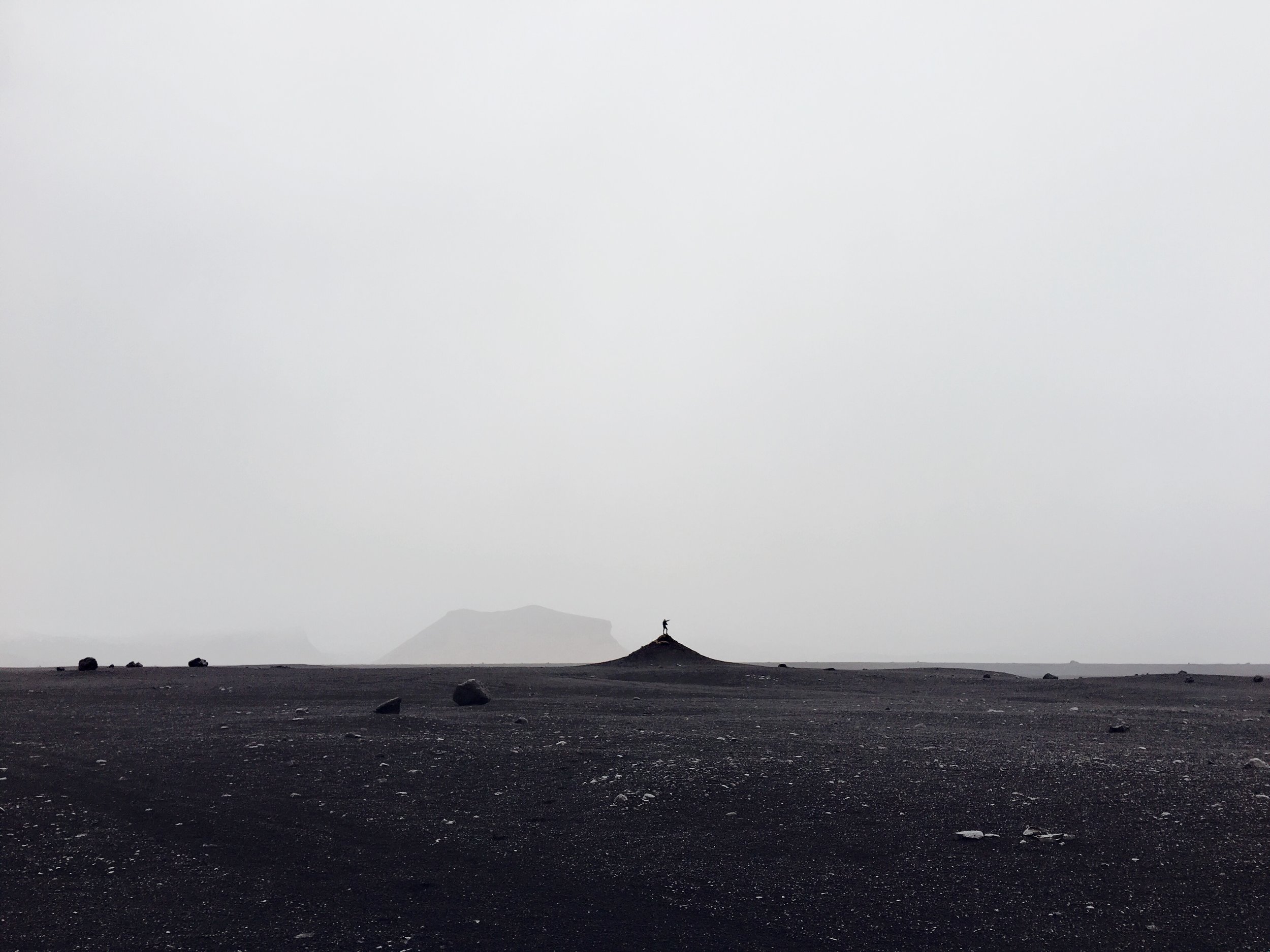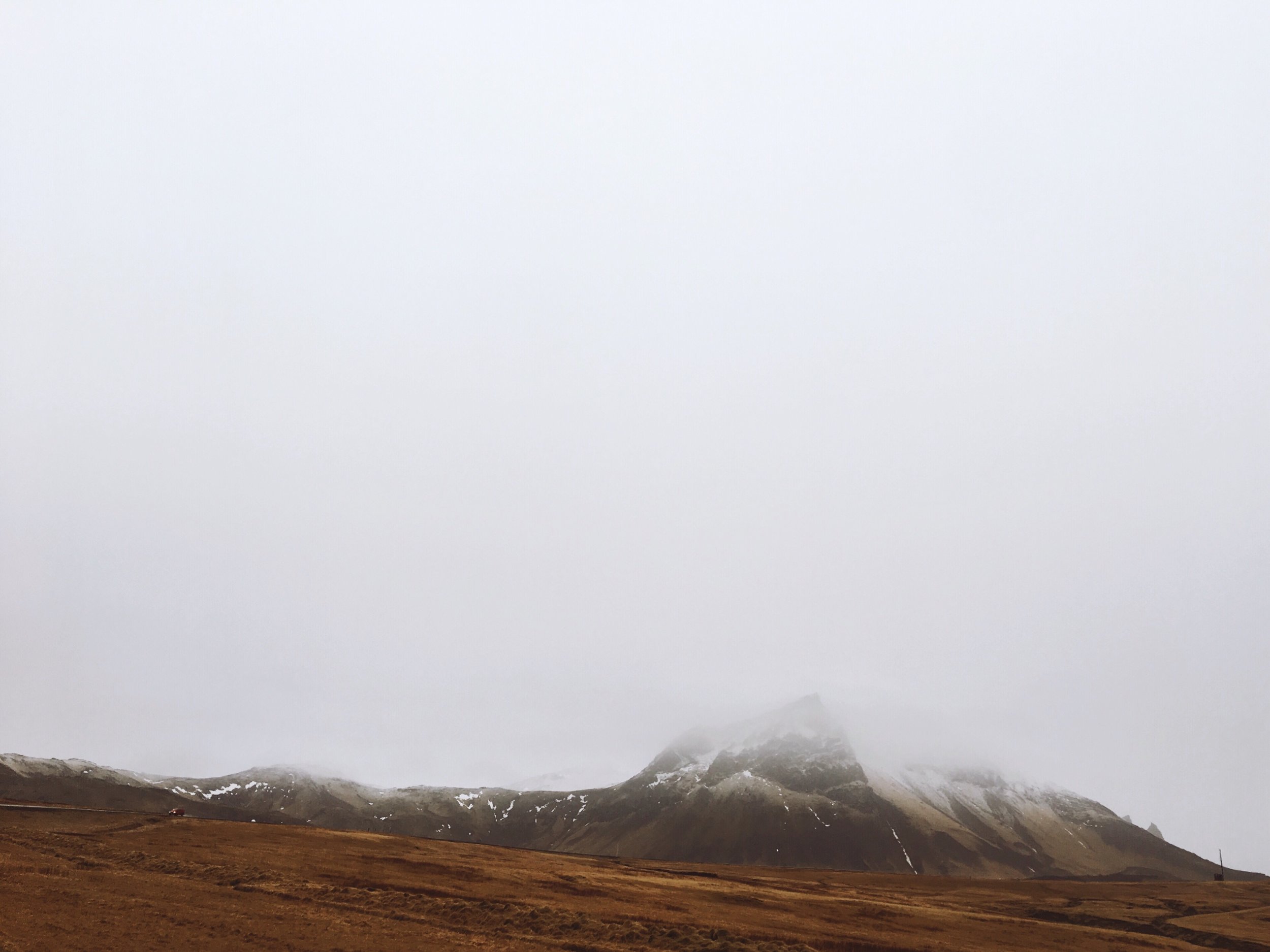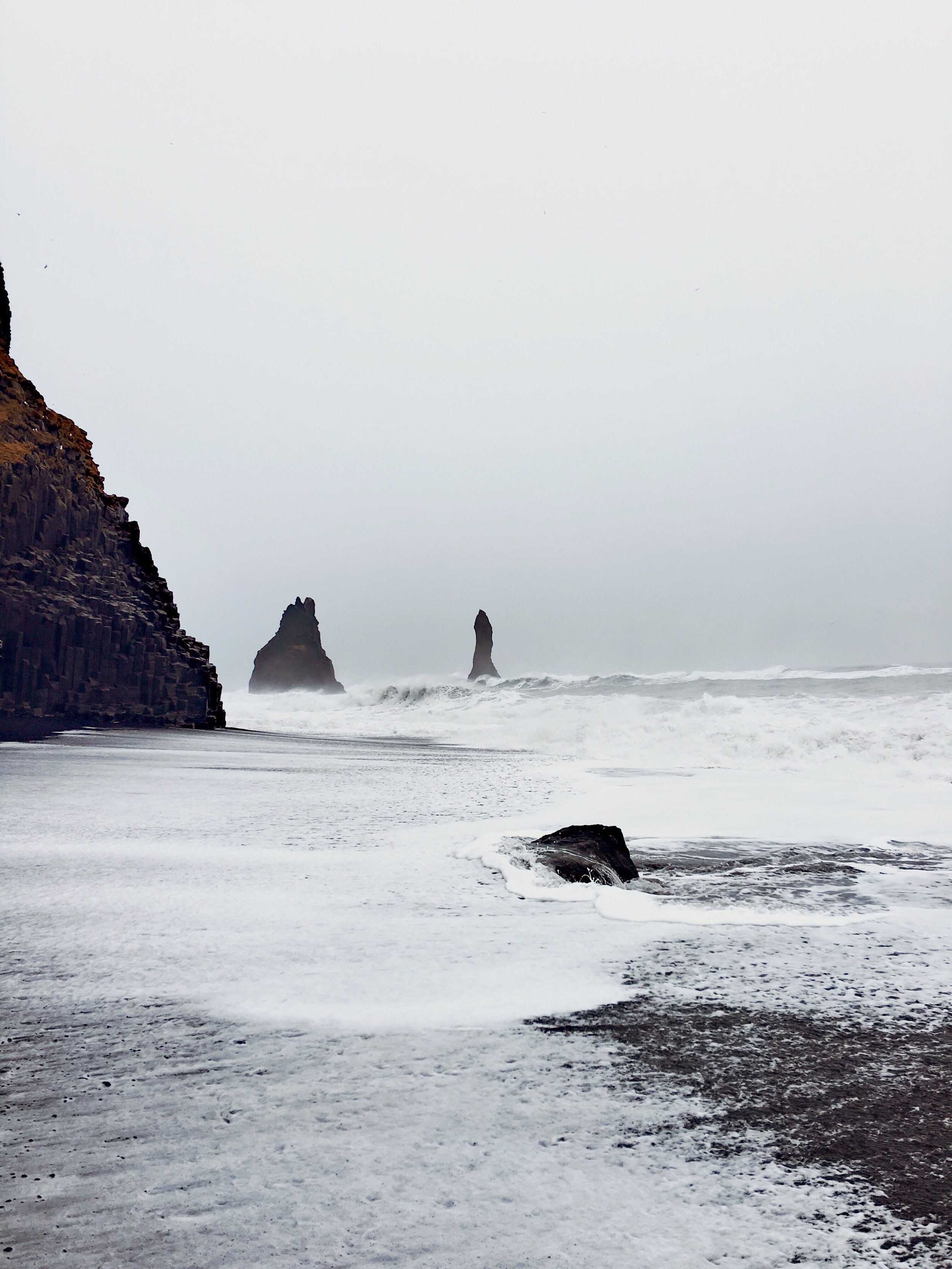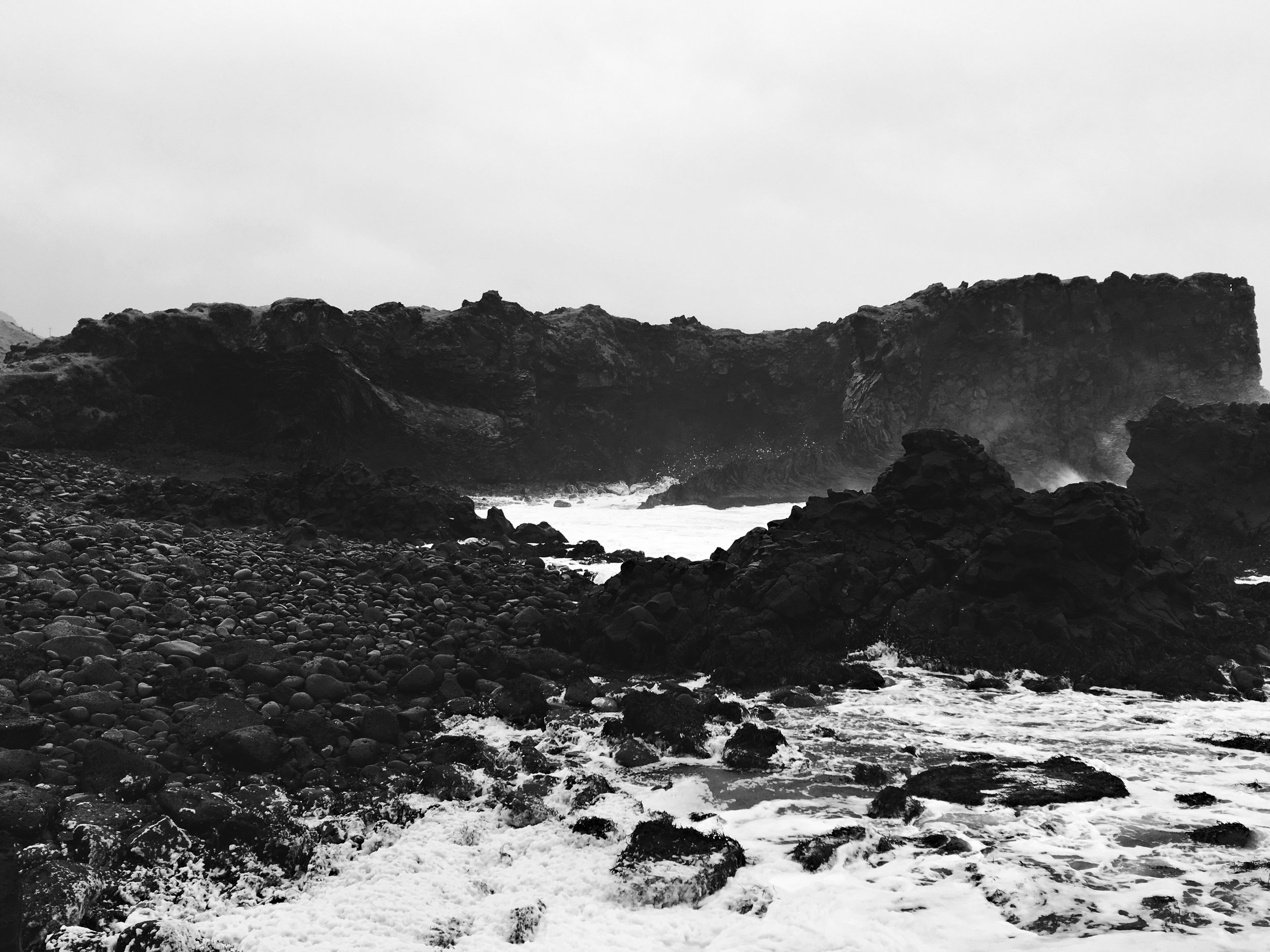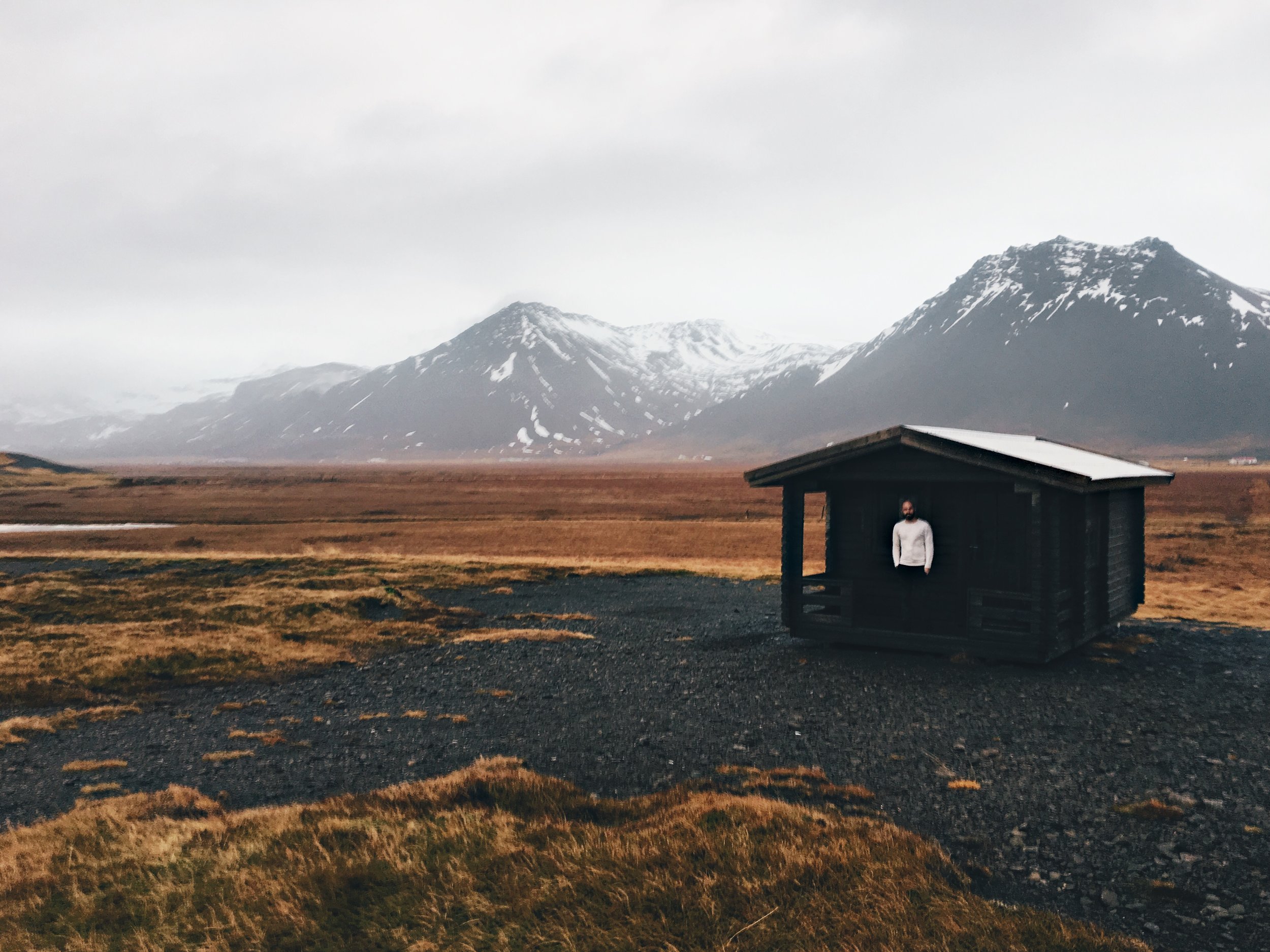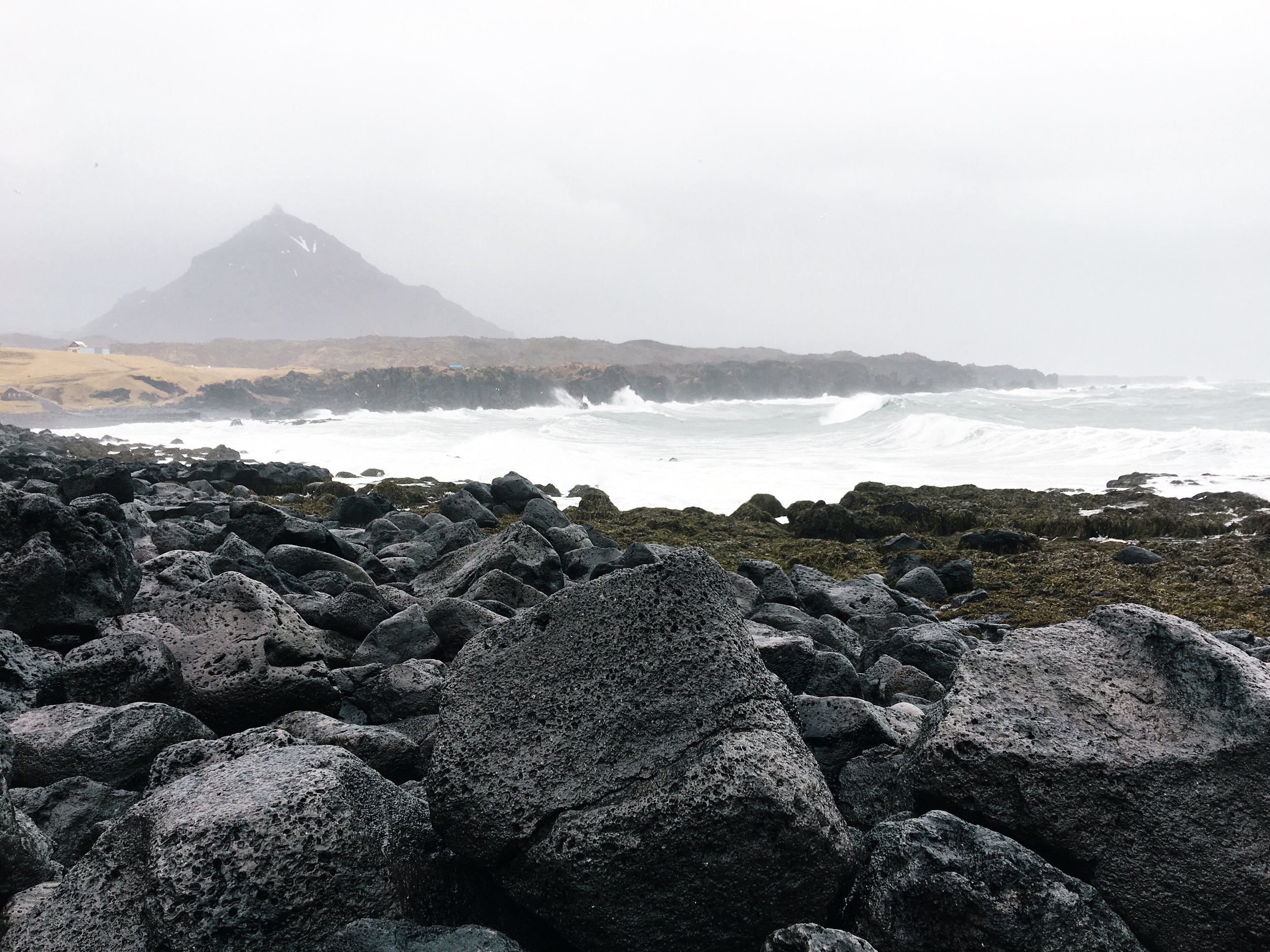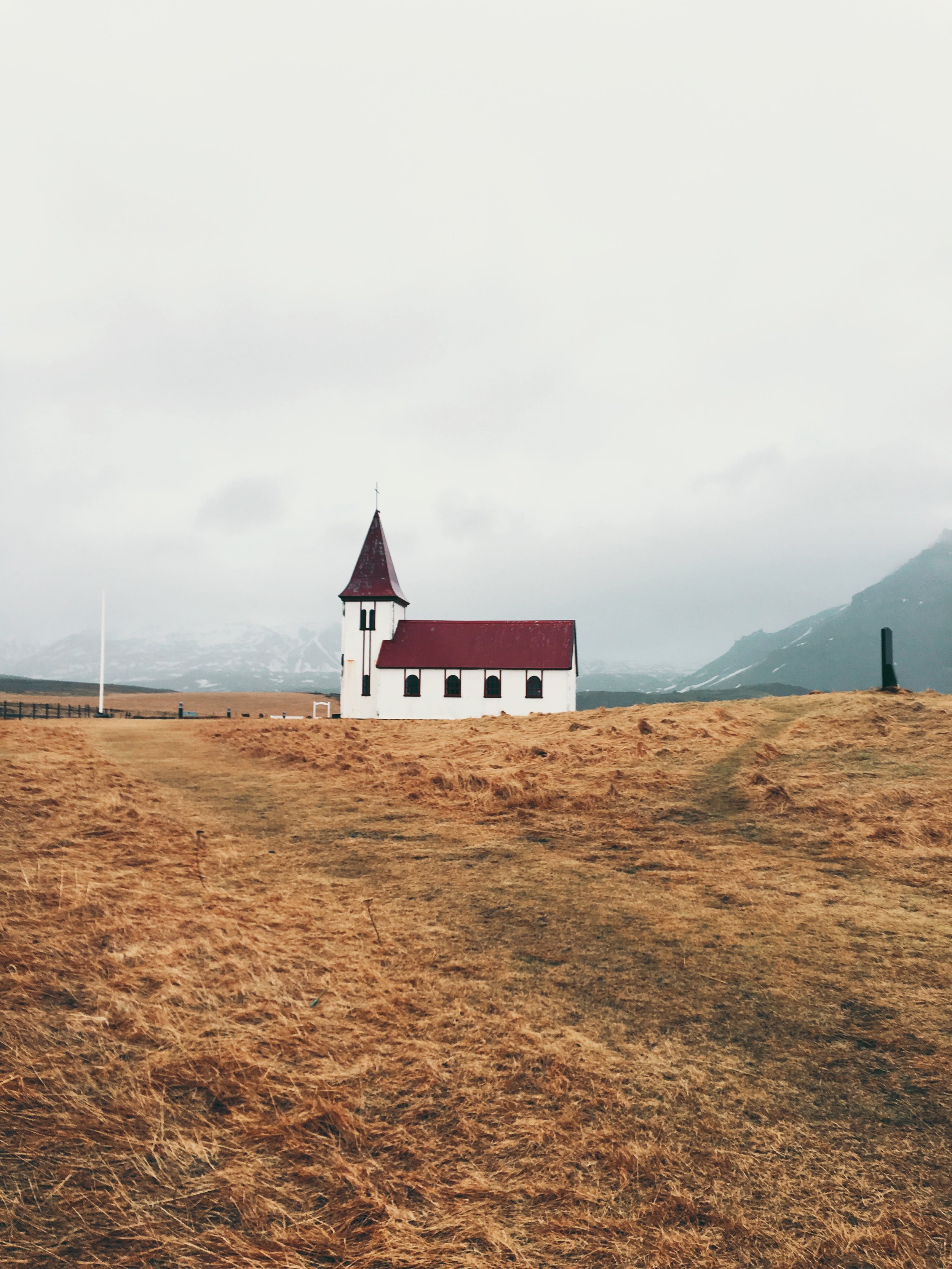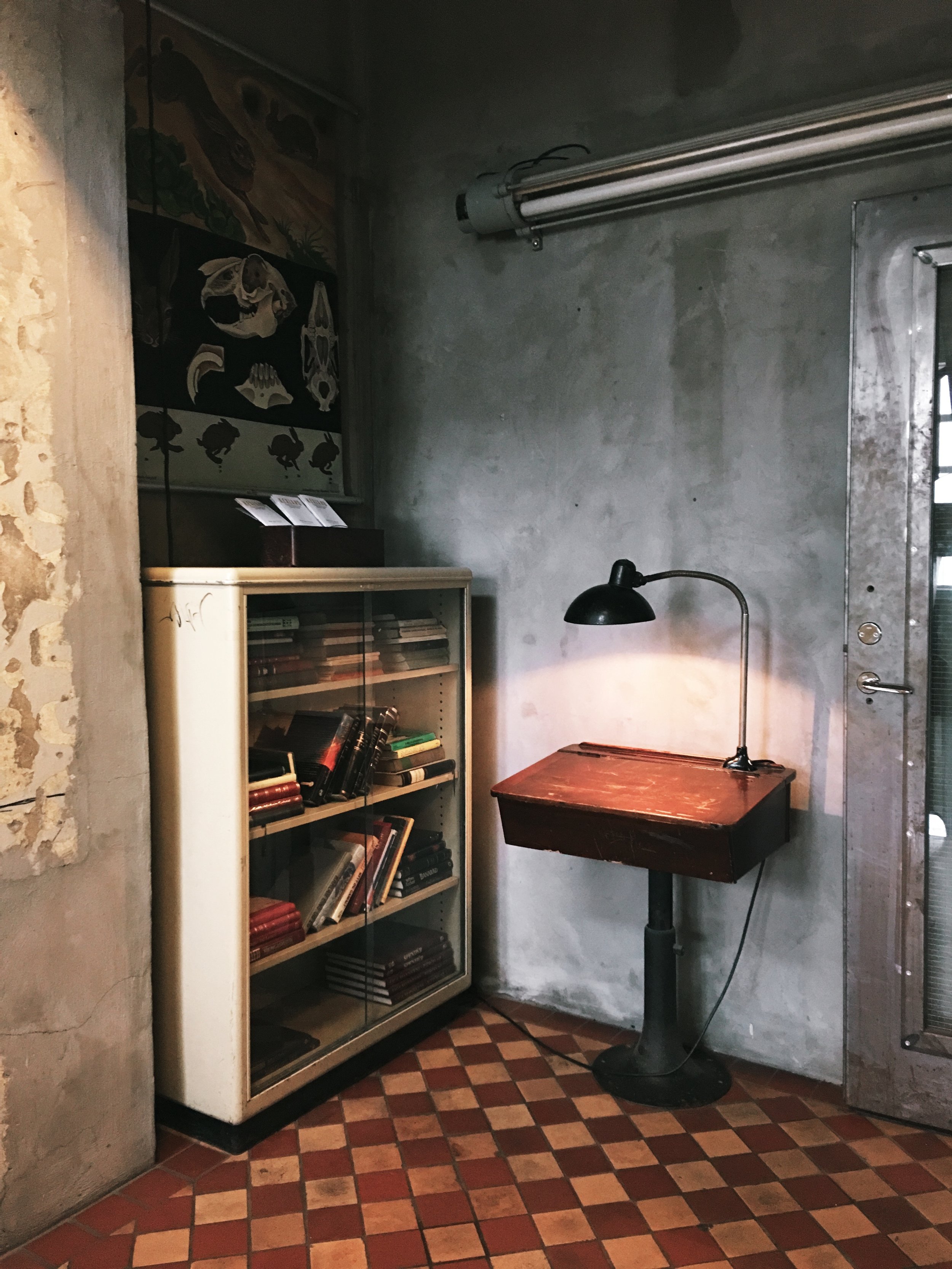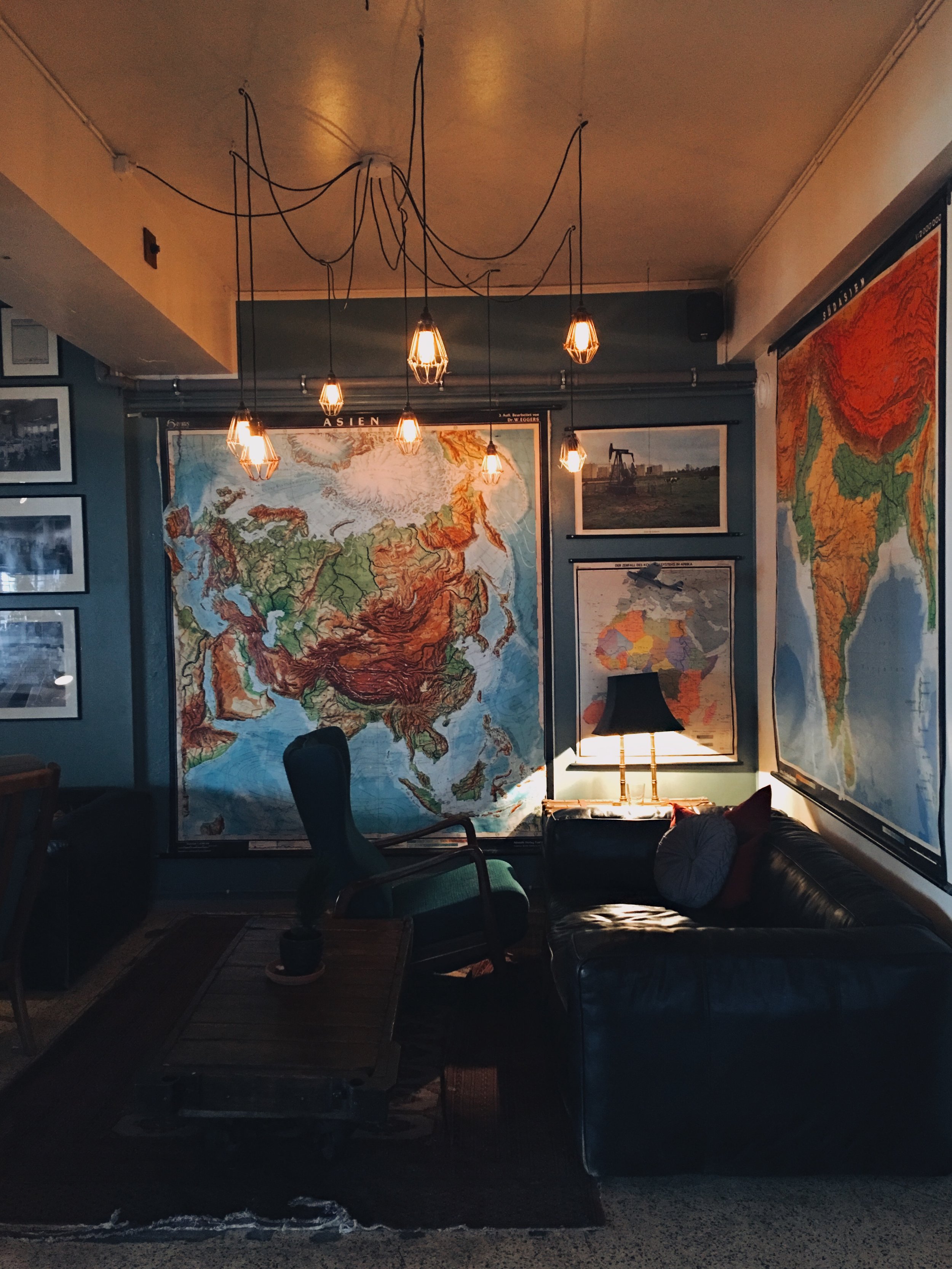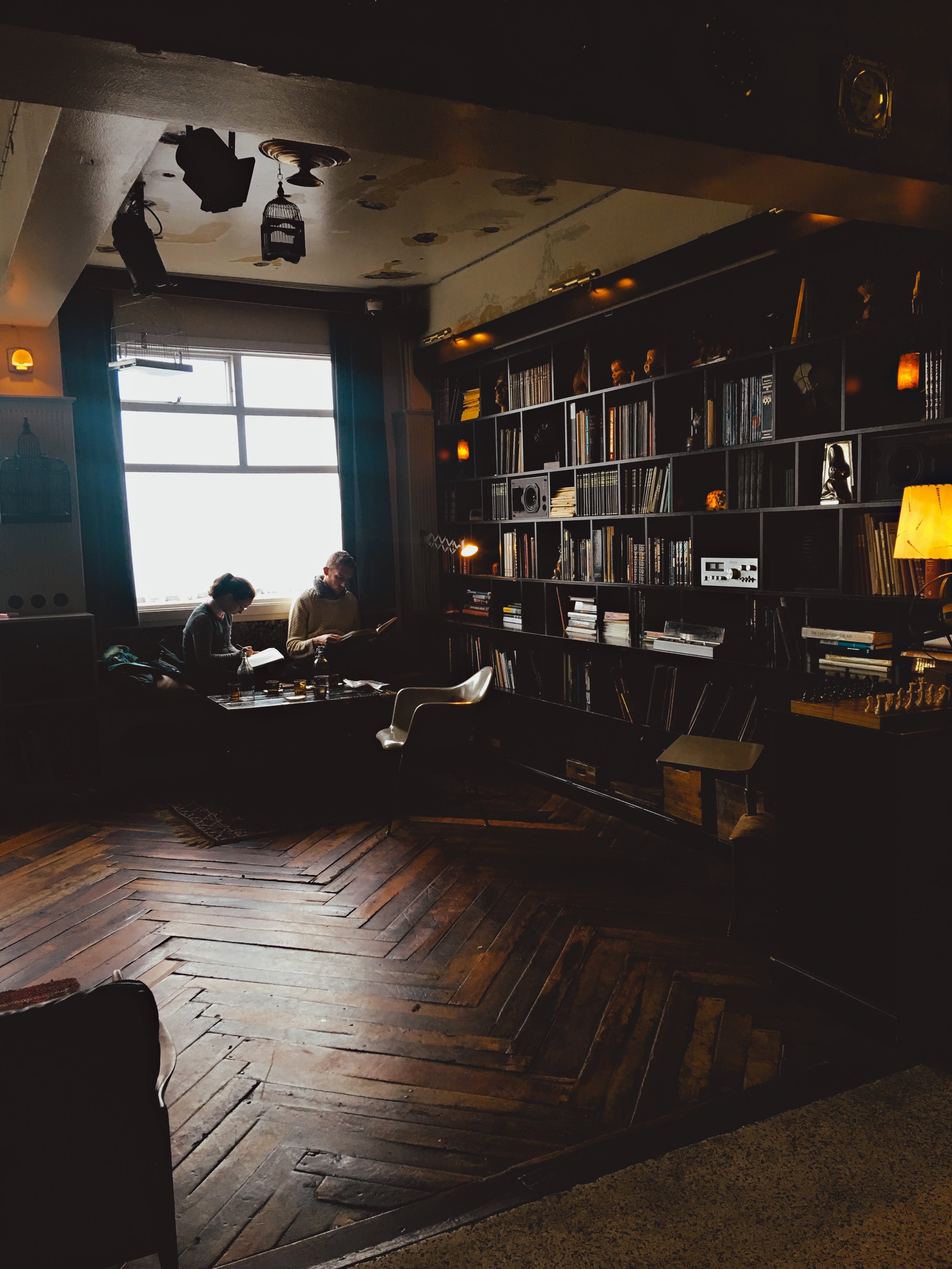What are your inspirations?
My greatest inspiration overall has been my father. Since I was young, I remember his passion for the outdoors and the part it played in our relationship. My Dad is every part of the word, outdoorsman. Growing up, I lived in a log cabin in the woods, we had a couple of horses, played in the woods and creeks daily, and he participated in all of those things with us. Our vacation every year was in a state park or campground where we always went on hikes and climbed around on rocks. He really taught us about the outdoors and instilled his love for it in us. To this day, my greatest memories with him have involved camping and exploring. Just a few weeks ago, we had one of the best trips I have ever been on in my life and conversations while exploring that I will never forget. He is a tough guy who still loves rock climbing, backpacking, and finding new places to explore.
Outside of the outdoors world, my father is a quiet yet smart and calculated businessman. He is passionate not only for his business, but also for the people working for him. I have always admired the way he has done his best to treat people fairly and respectfully even when it meant less overall profit for the business in the end. The kind of compassion for people that is greater than the desire for money is a rarity in this world and I really look up to him for that.
Overall in life, combining his love for the outdoors and his business knowledge and compassion for people, he is a pretty cool guy. What I am sure most people wouldn’t expect to read is that my Dad is legally blind, and if his eye disease has it’s way, will be completely blind sometime in his life. To see a man who has never stopped rock climbing, walking on narrow trails at the top of a mountain, crawling through caves, and skydiving despite not being able to see is the most inspiring to me. He has never let his sight keep him from living life and laughing and that is one of the things I will always remember most about him. He lived his life to the fullest and didn’t what people thought he should or shouldn't do keep him from truly living.
How do your hobbies influence what you make?
We are family guys, and most of our time is spent with our wife and kids. We try our best to get out with them and teach them about the outdoors, being safe while exploring, and about the incredible things you can find while you are out on an adventure. The best part about being an outdoor brand is that we actually live this life so we are able to take those experiences and work toward creating products that reflect them.
What has been your biggest challenge?
I would say our biggest challenge has been lack of knowledge. We started this brand on a shoestring budget. I have a wife and three kids under 3 years old at home and the idea of using our savings or getting a loan just didn't seem like the best idea while trying to keep their well-being as a priority. When you make a decision to start a business without a lot of money, things start slower in terms of products available and slower in general. This is something we are navigating; yet trying to keep our priority of family as our main focus.










